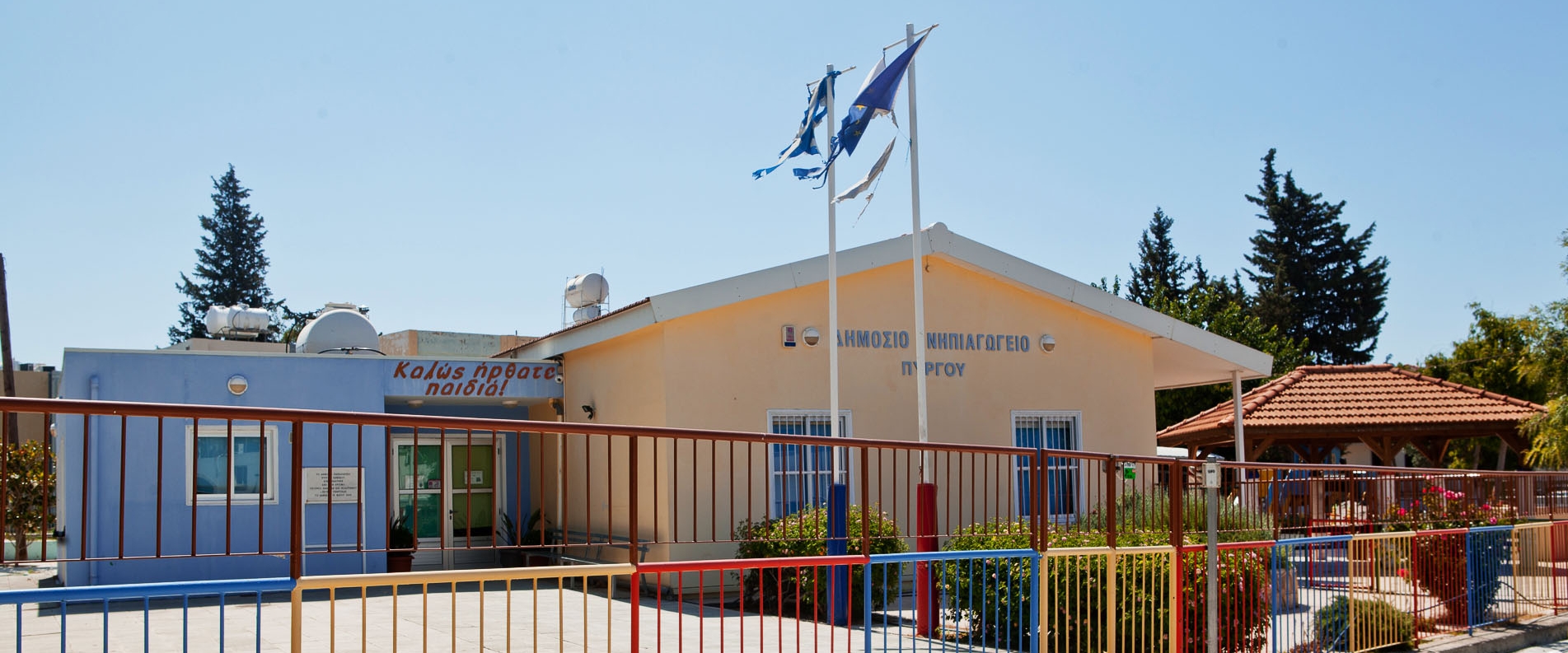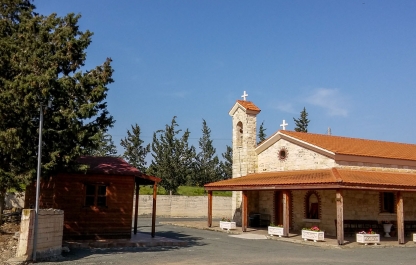If you live in the city and the weekend is looming on the horizon, but you’ve no plans or ideas whatsoever about how to spend it, we suggest a specific route in the style of a "village vacation", and to stay over for the night.
There are several villages on the island named “Pyrgos”. In our article, we’re going to tell you about the Pyrgos situated near Limassol.
If you want to find the village using google or a sat-nav, you need to write “Pyrgos Lemesou”, as doing a simple search request for “Pyrgos” will, no doubt, send you to another village on the island’s northern coast. That village is also a point of interest but we’ll tell you about it some other time in a separate article.
So, “Pyrgos Lemesou”… While Pyrgos is from the Greek meaning “tower”, there isn’t a single tower in the village — so you don’t need to go looking. There likely was a tower here at some point, but even its ruins have long since disappeared. Where it once stood is also a mystery.
These areas have been brimming with life for more than 5000 years. Wherever you dig here — there are ancient artefacts everywhere. During a recent excavation, Italian scientists found the oldest perfume laboratory in the world! They dug some more and found one of the largest copper-recycling cooperatives on the island. The finds were also over 4000 years old. Pyrgos’ main treasures are hidden underground (in fact, according to legends, an entire gold chariot lies somewhere underground here, concealed in the tunnels, waiting for one lucky devil), but above ground, at first glance, this is just a standard, cosy Cypriot hamlet. But only at first glance.
1. Getting to the village
As Pyrgos is located 13 km further east of Limassol, the residents of the island’s largest coastal city need to set aside only a few minutes for the road. For those living in other cities, the journey time will also be no more than an hour, thanks to the comfortable, high-speed, four-lane motorway that goes through all of the large cities in Cyprus. And that’s in the literal sense— it goes right through our village.
2. Where to begin?
I’d suggest starting with the old centre. There’s an excellent and very conveniently placed car park not far from the bakery. If you drop your car here, you’ll be able to reach everything that interests us in the old centre by foot.
If, for some reason, you’re yet to have breakfast, then like everywhere in Cyprus, that’s your mountain to climb. As a rule of thumb, people on the island only drink coffee in the morning, and you can do this in a rather odd establishment known as a Θοι πυργου (Thoi Pyrgou). It’s simultaneously a haven for the local aksakals (village elders), a cafe with good food (but this establishment makes its miraculous transformation into a cafe only after 12:00), and to some extent, a museum of Pyrgos. There’s a whole bunch of different antiques here. The room doesn’t look like a museum or a cafe, but more a warehouse of stuff left here in the 70s. I reckon that if you can amaze the locals with this horde, then it’s not by much, but if one of our readers is a visitor to the island, then, believe me, Θοι πυργου will fill you to the brim with local flair.
Another thing is that the cafe has a rather big and cosy veranda, and their coffee is definitely not to be sniffed at.
Once you’ve had a spot of coffee, batted around a couple of words about “the weather” with the waitress-barmen-chef (all in one), you can head on back, as there’s nothing more to catch the eye in this direction— just some private land and fields.
At the first crossing lies our next “port of call” — The Church of Panagia Neroforousa. By the way, this spot can’t be seen on google maps, with it simply being marked as “cemetery”. True, there is a cemetery here too, which is old and beautiful in its own right, but the church is more what we’re aiming towards.
The same “Neroforousa”, meaning “water-bearer”, refers in the current case to rain, something which is rather sacred in Cyprus. 330 days of sun per year — you’d bet your bottom dollar they’d build a church dedicated to Neroforousa.
In fact, an ancient image of the saint from 7 A.D. has been preserved, but it is housed in another place and is only brought to the church on the 21st of November— the day of the saint.
The main thing of interest to us in the church, built at the turn of the 15th century, is the altar— an authentic work. The iconostasis from 1851 is also of historical significance. All the rest, despite looking ancient, is the result of restoration work performed in the mid 20th century.
The inside of the church is dark and somewhat gloomy. Some wax toy dolls lie nearby the iconostasis; a slightly eerie sight, but this is a local tradition which appeared back in Ancient Greece, and then smoothly migrated its way from paganism to Christianity.
The atmosphere in the church is somewhat unhurried, with the feeling that people have been praying here for centuries.
Well then. Had your fill of looking around? Let’s head on, admittedly only for another few metres. Right behind the bakery, you can find the main church in Pyrgos, the Panagia Pyrgotissa, whose foundations were laid in 1886, before it was finished in 1902. It took so long to build - 16 years - because it was all done by the hands of the locals, who had promised the Blessed Virgin Mary to erect a church in her honour, and they held to their word. Residents from the surrounding villages brought all the stones used in the church’s construction. Nobody received any money for the job. The daily reward was a mere plate of food. Basically, it was built, as they say “en masse”.
Considering that the church isn’t simply a “cool place” but a House of God, then first and foremost, it isn’t beauty which is important to such an establishment, but as people nowadays tend to say, “the energy”— something invisible and intangible which changes our mood and state of being. And of course, when every stone in this place was brought here in the hands of a local worshipper, you can guarantee that everything is spot on with the “energy” here. What’s more, the church is a very popular place of prayer. In general, the locals are distinguished by their extremely scrupulous attitude to Orthodoxy.
As for the church’s architectural virtues, for a person poorly-versed and unaware of such things, it will simply be “any old church”. To those who know their stuff, the ensemble is of great architectural and technical interest, as the Church of Panagia Pyrgotissa was fashioned in the so-called Franco-Byzantine style as a single-nave basilica, without a dome. The combined basilican and cruciform plan was a tradition that appeared on the island soon after the end of the Turkish occupation. Also, similar churches don’t possess the additional internal supports for the roofing to lean on. Simply put, there’s something here for connoisseurs to look at.
Now I suggest we move from the spiritual to the mundane and go for a stroll along the small streets of the old buildings. Pyrgos stands out from traditional villages in Cyprus due to two things.
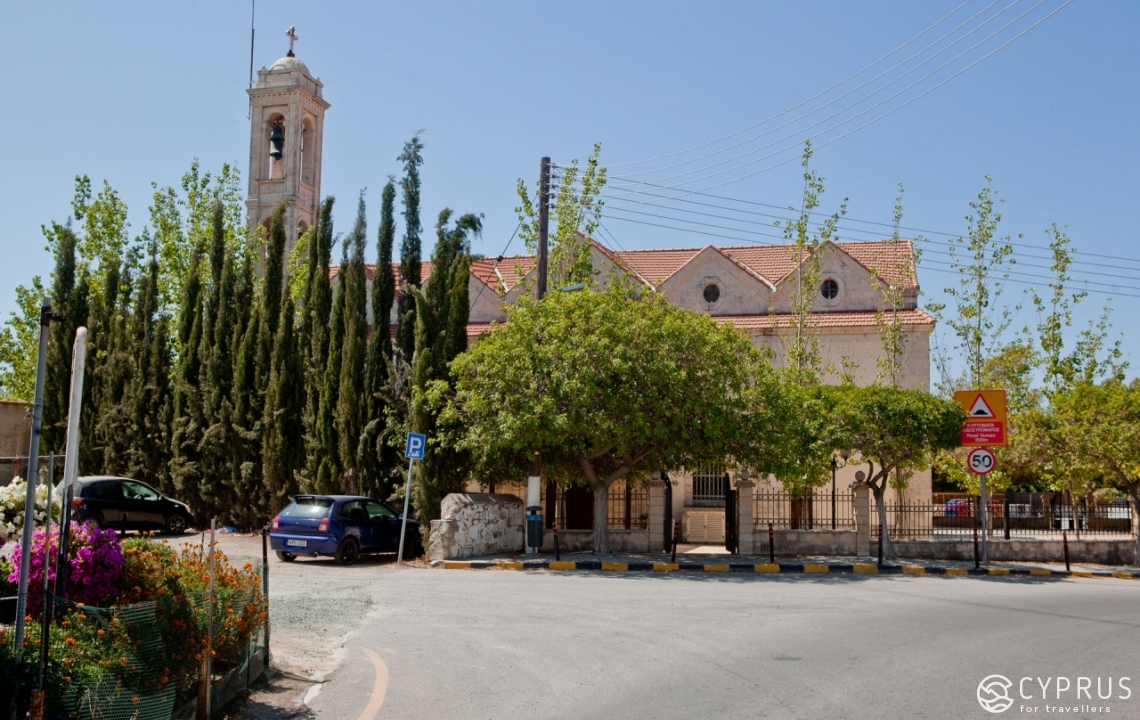
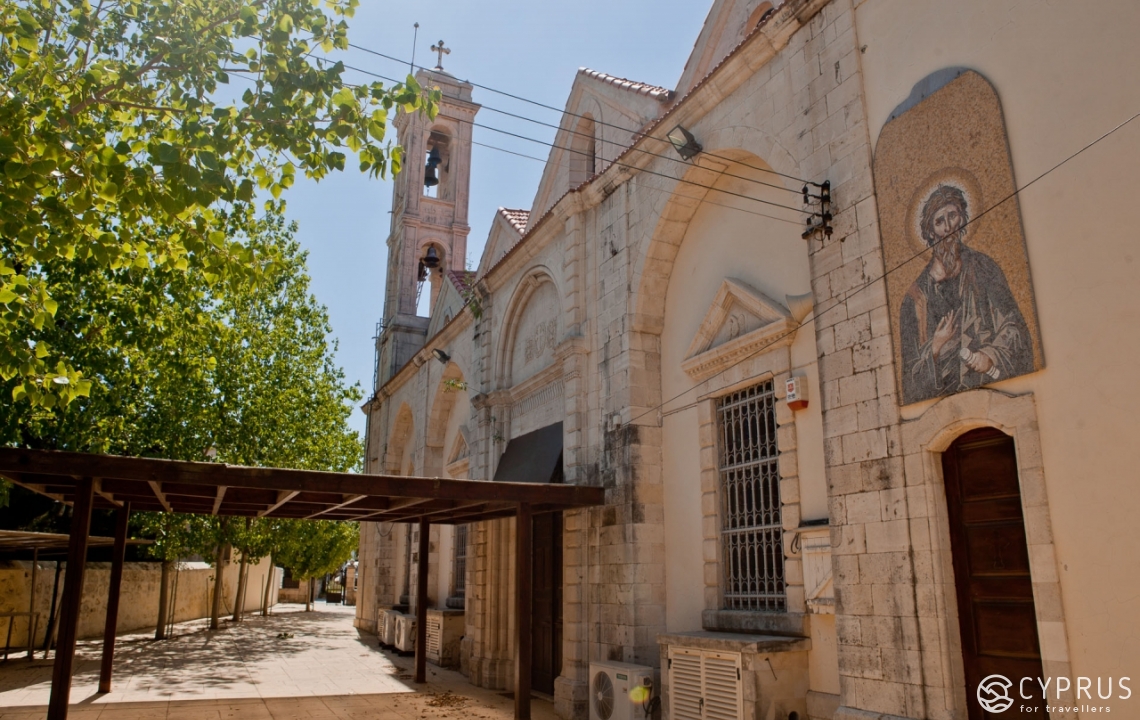
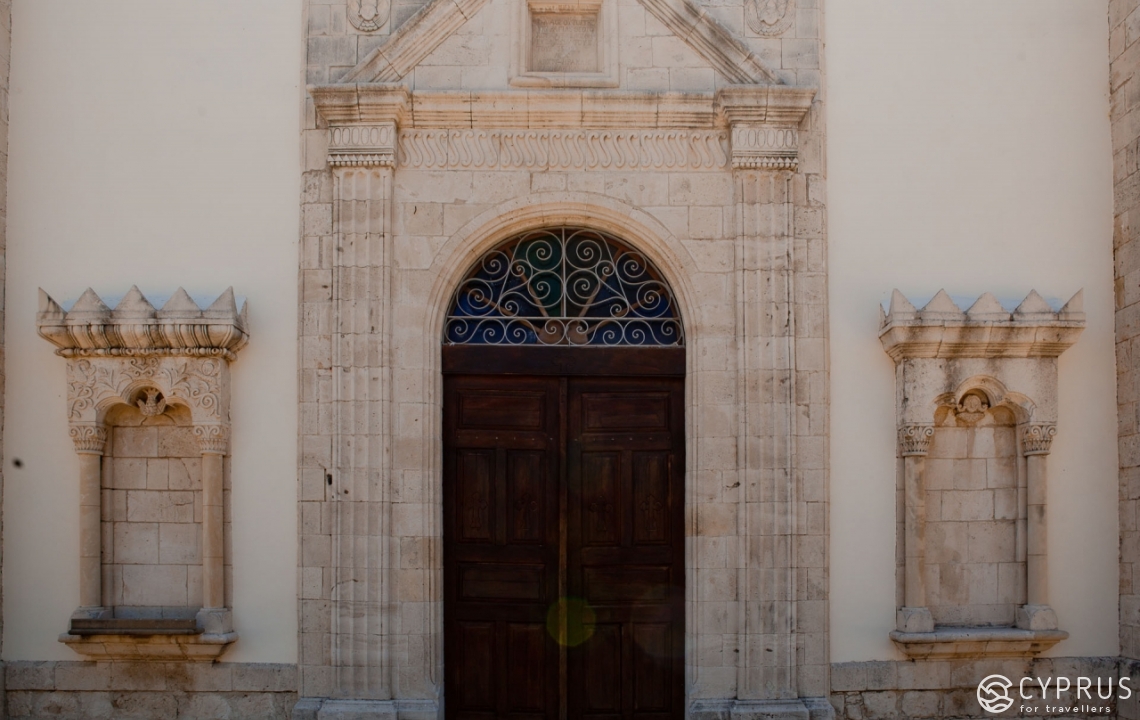
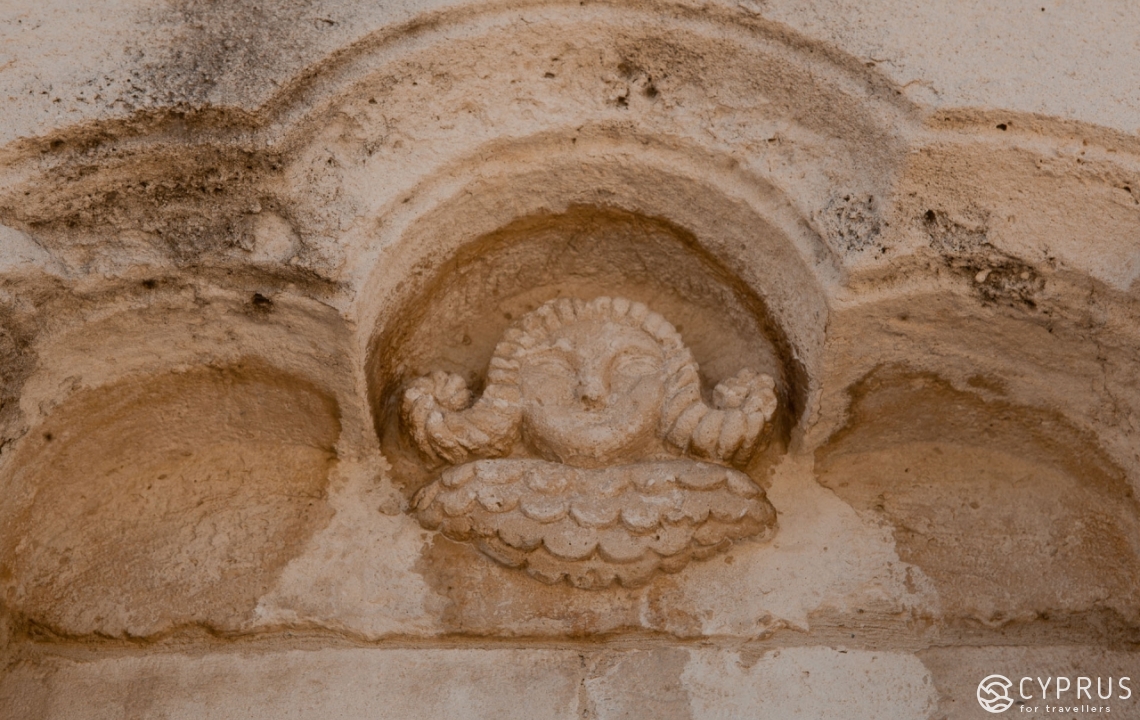
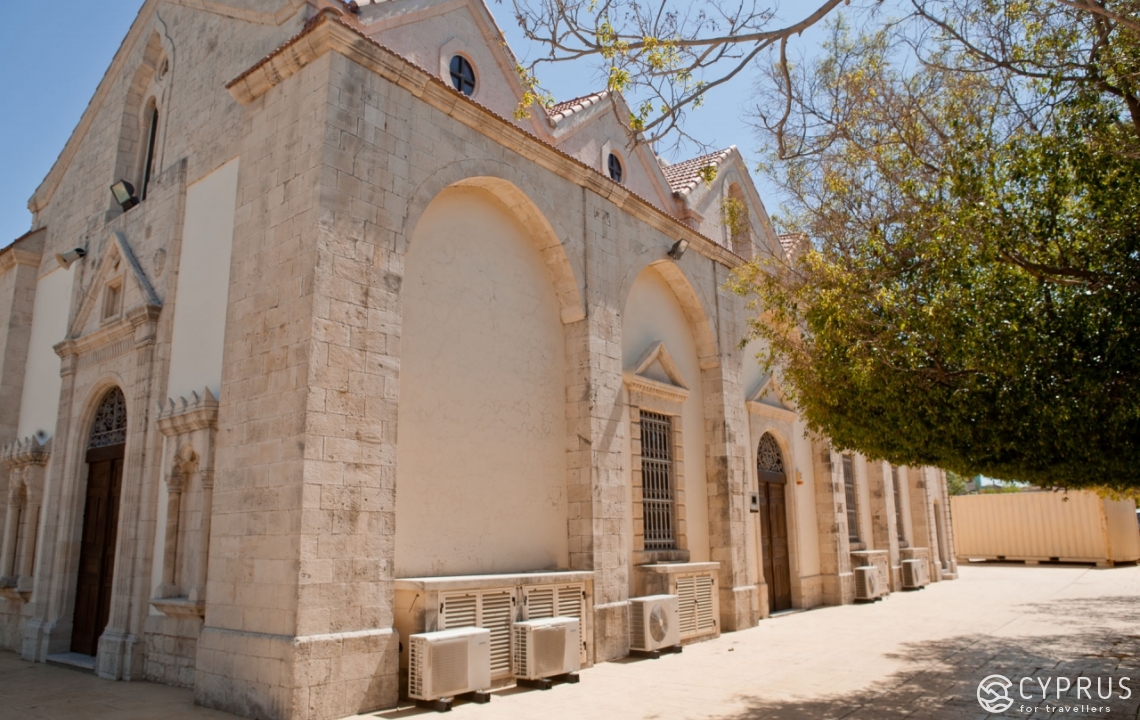
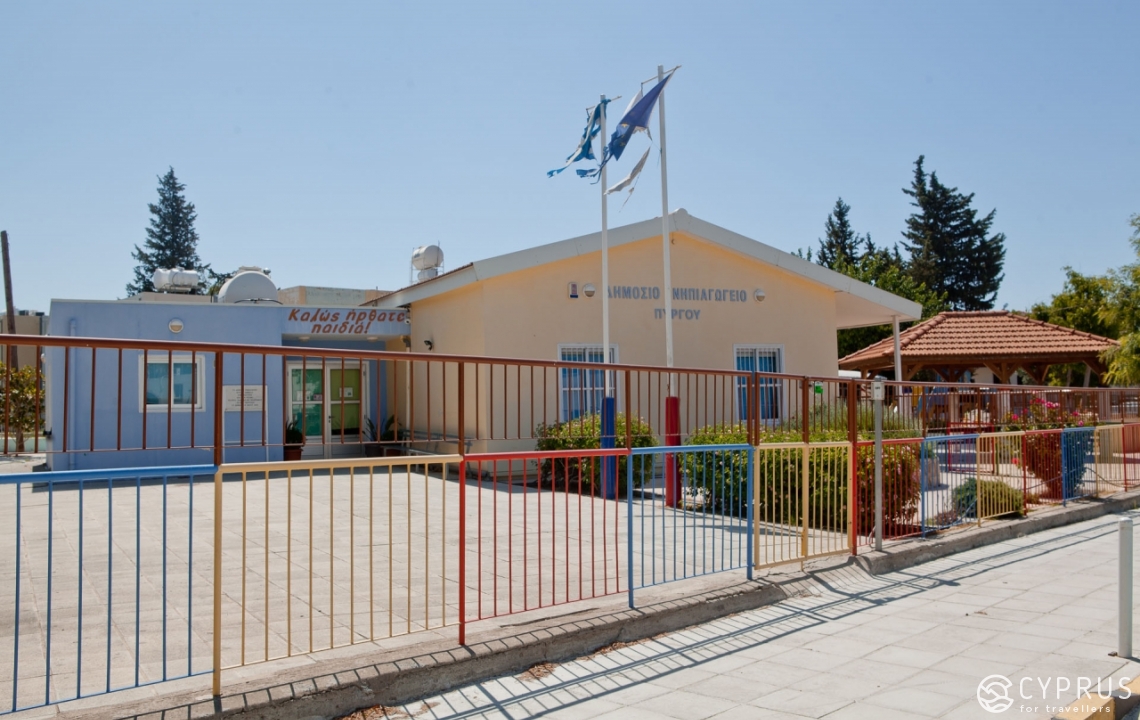
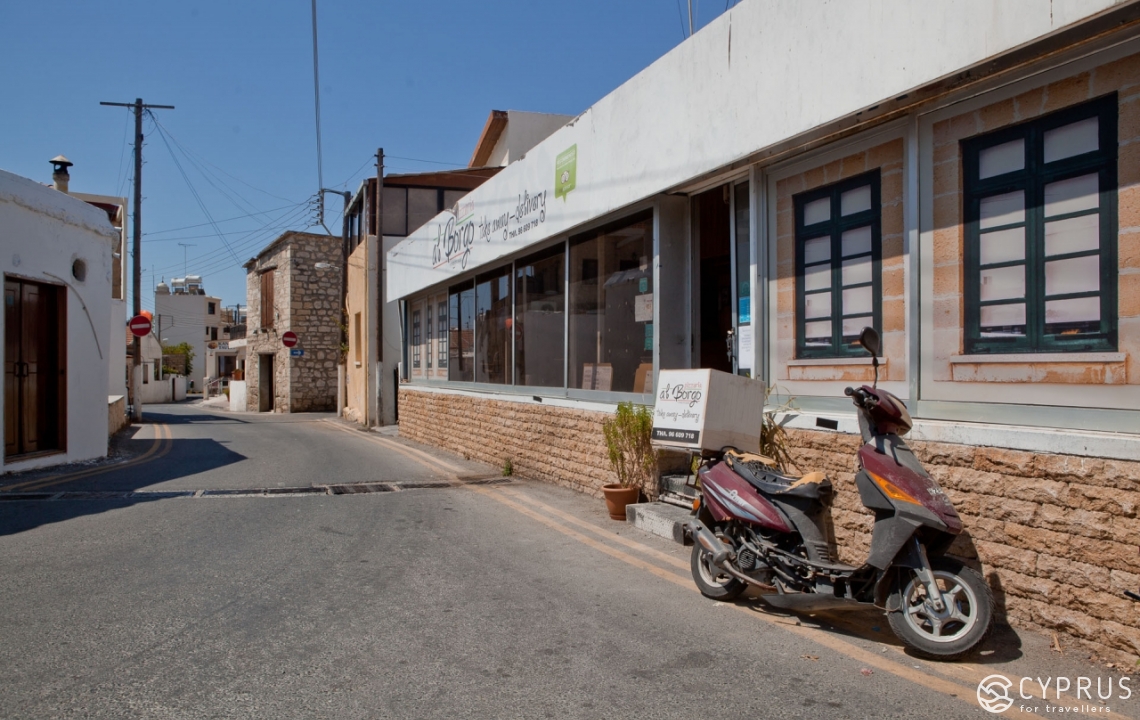
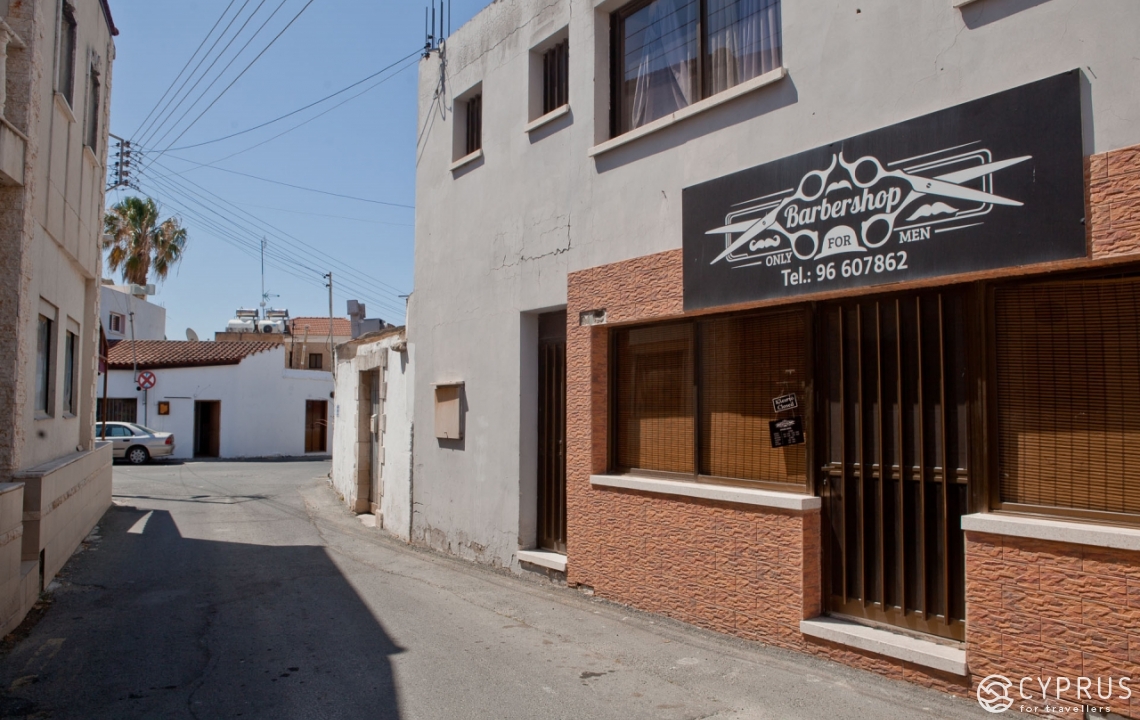
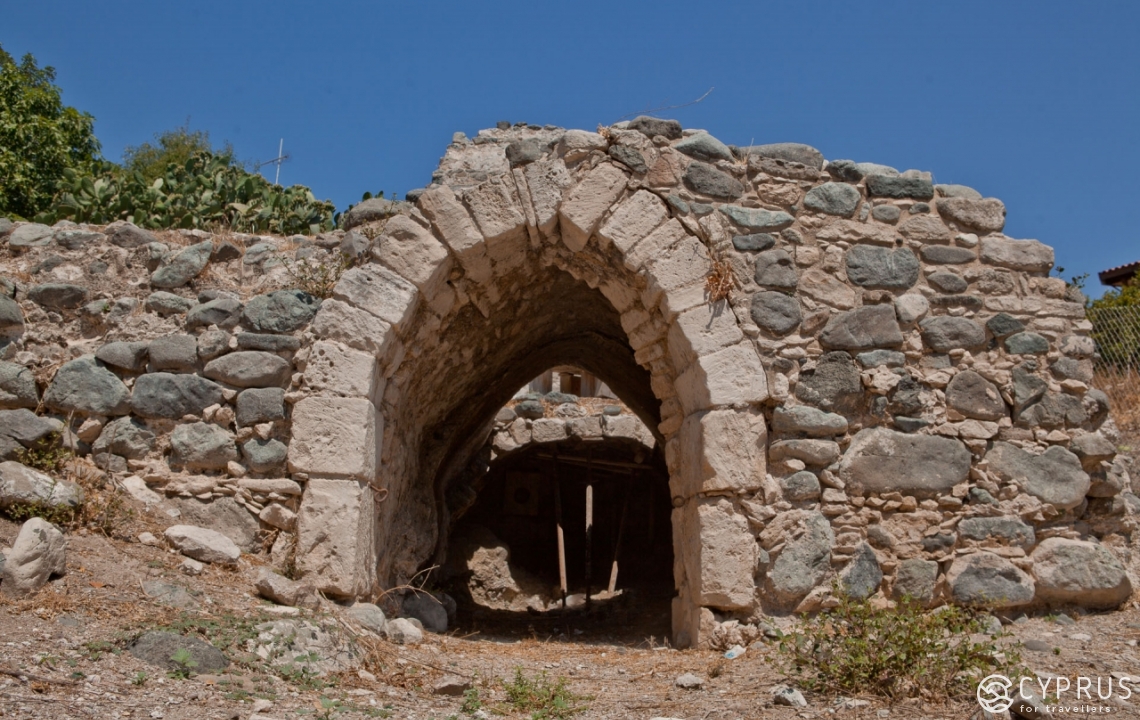
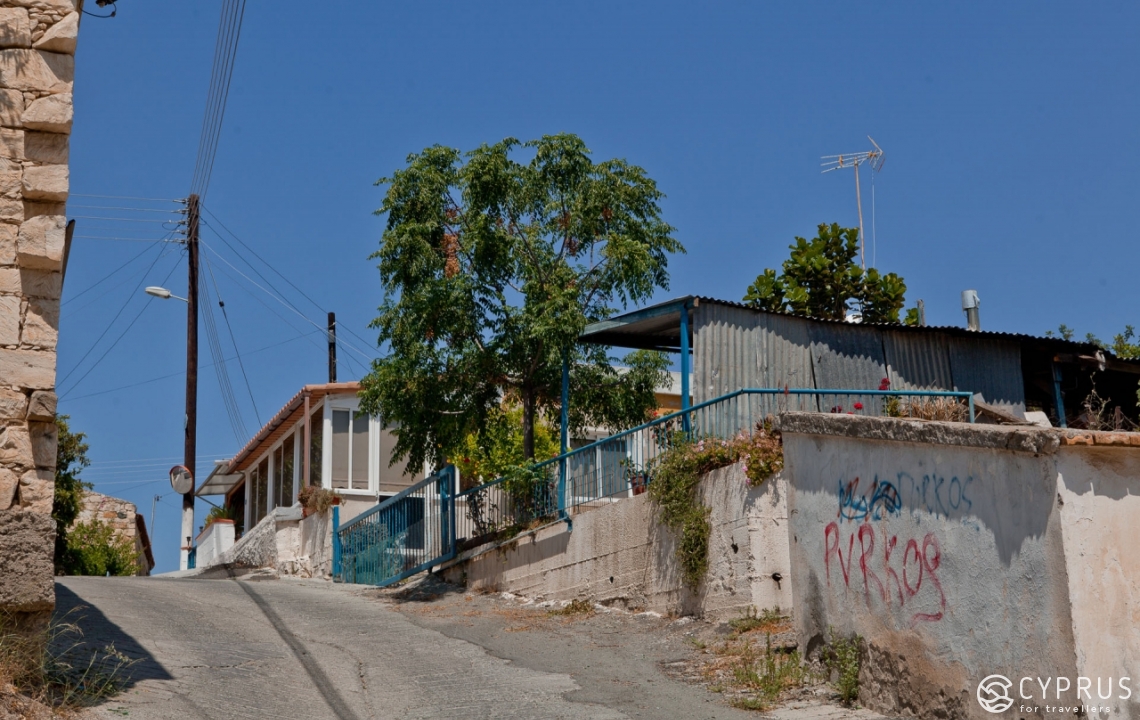
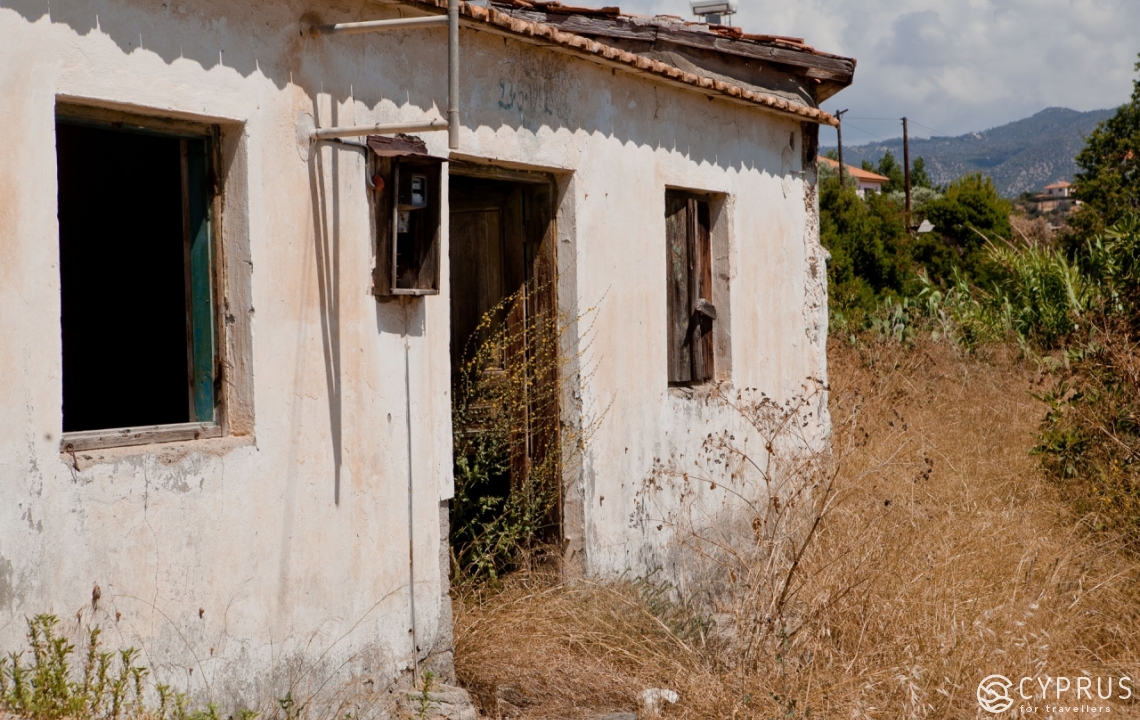
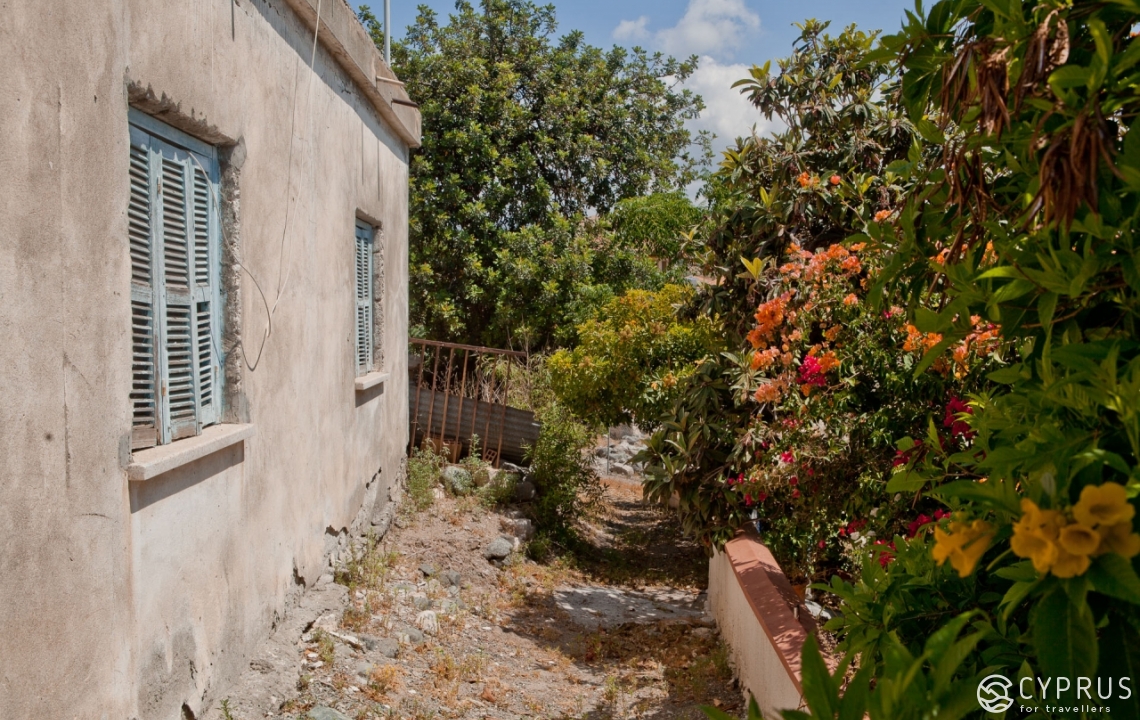
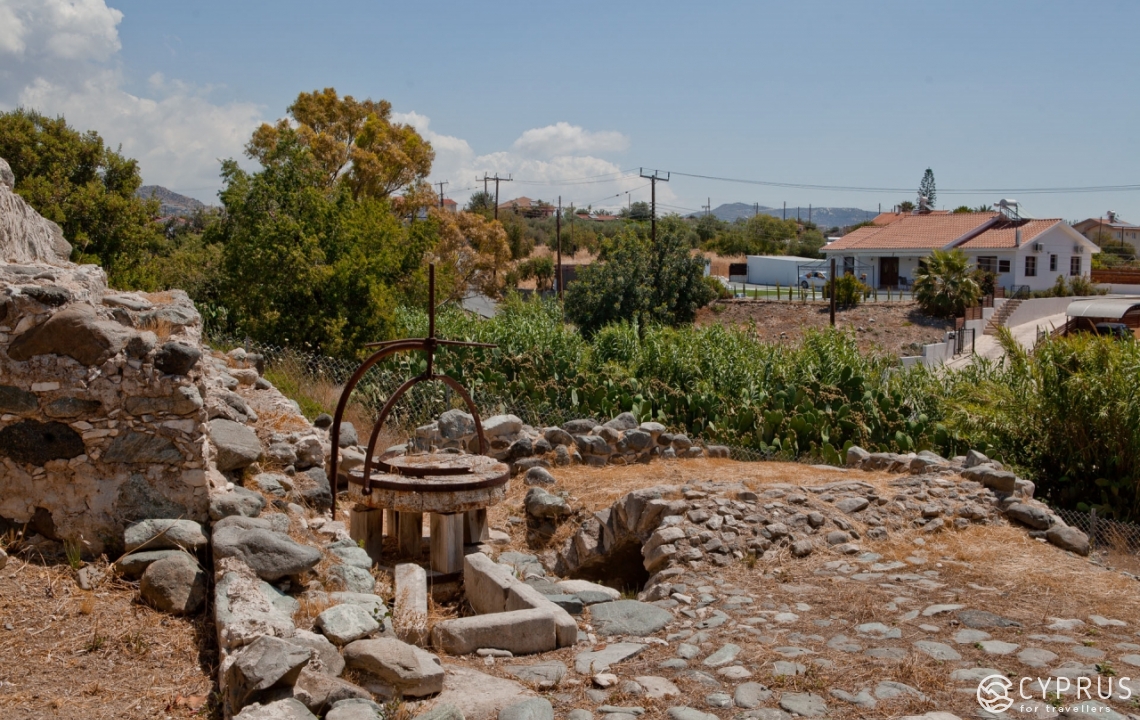
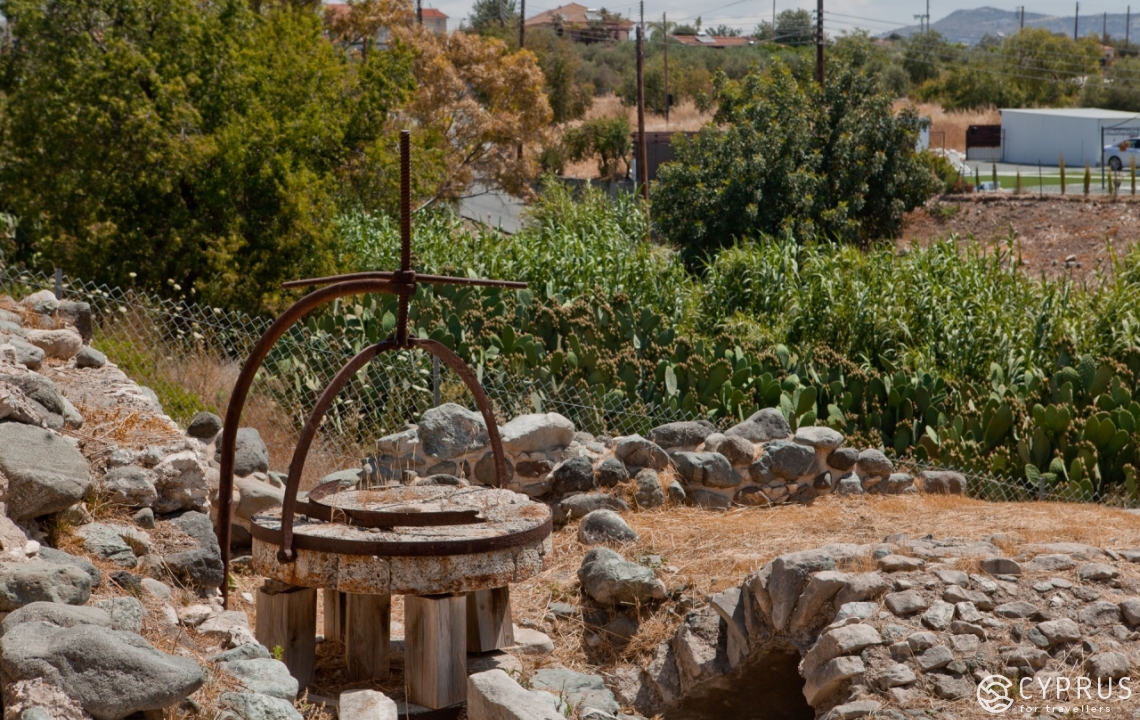
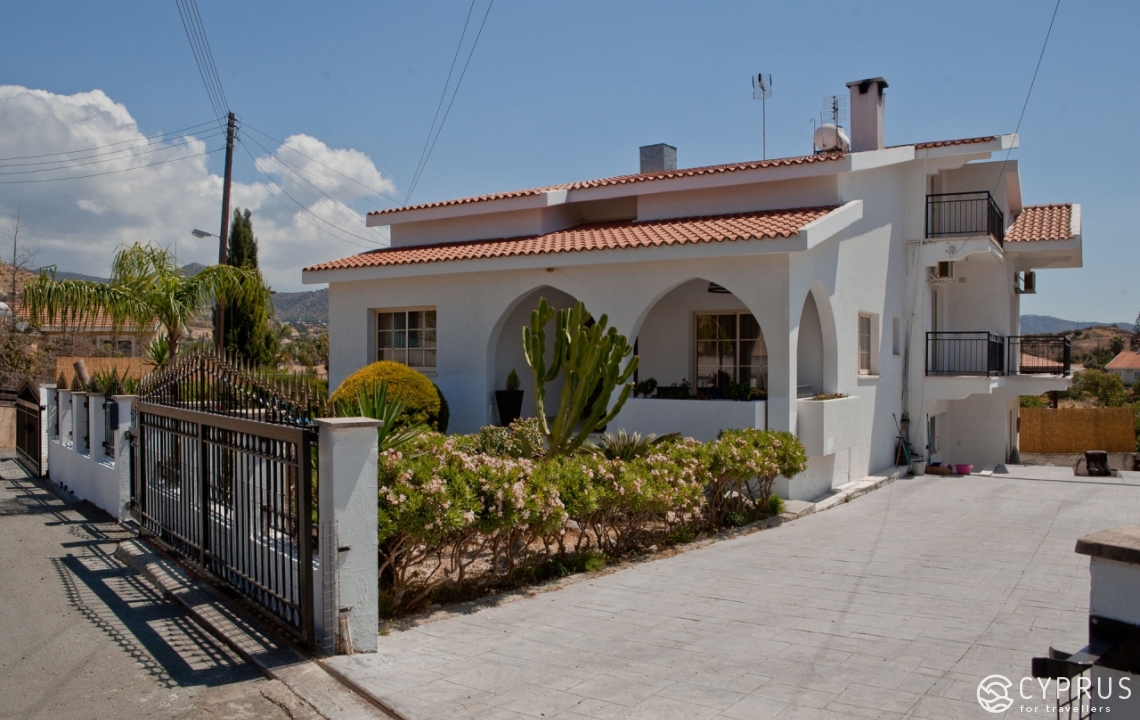
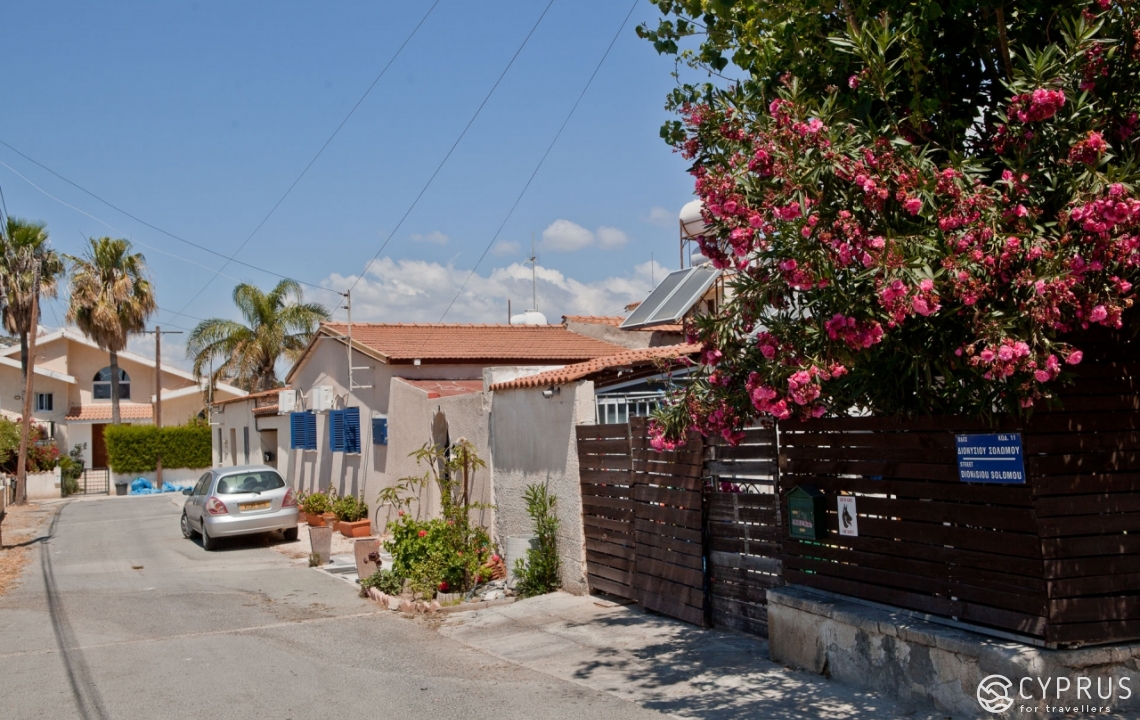
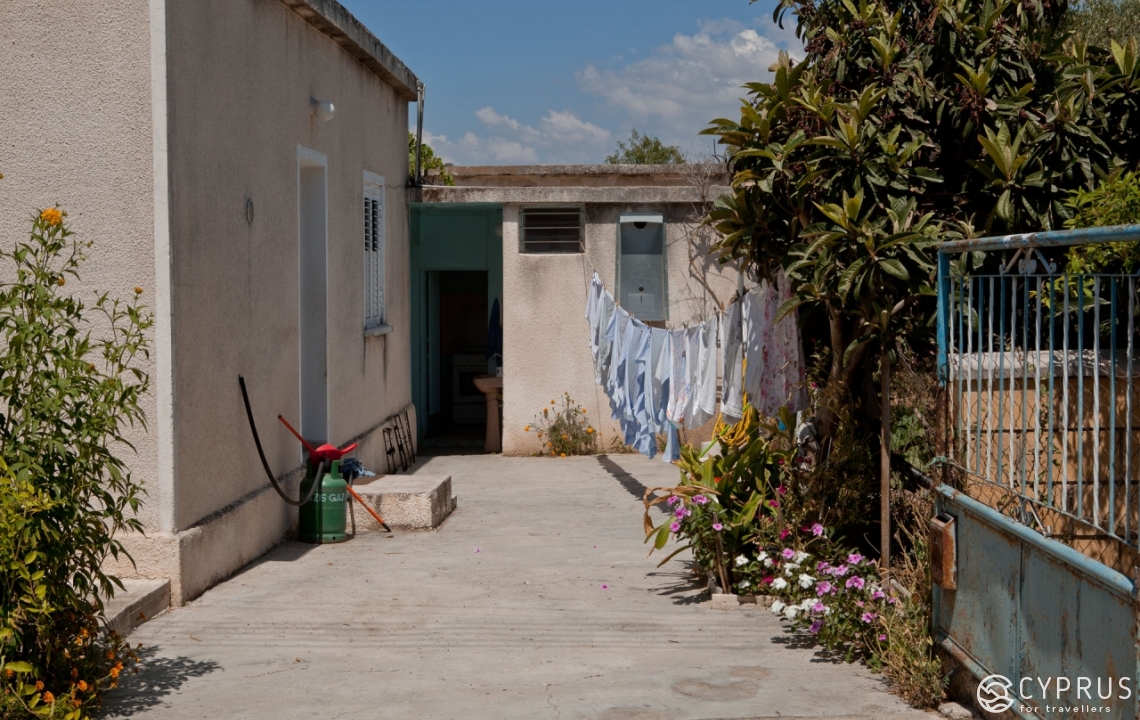
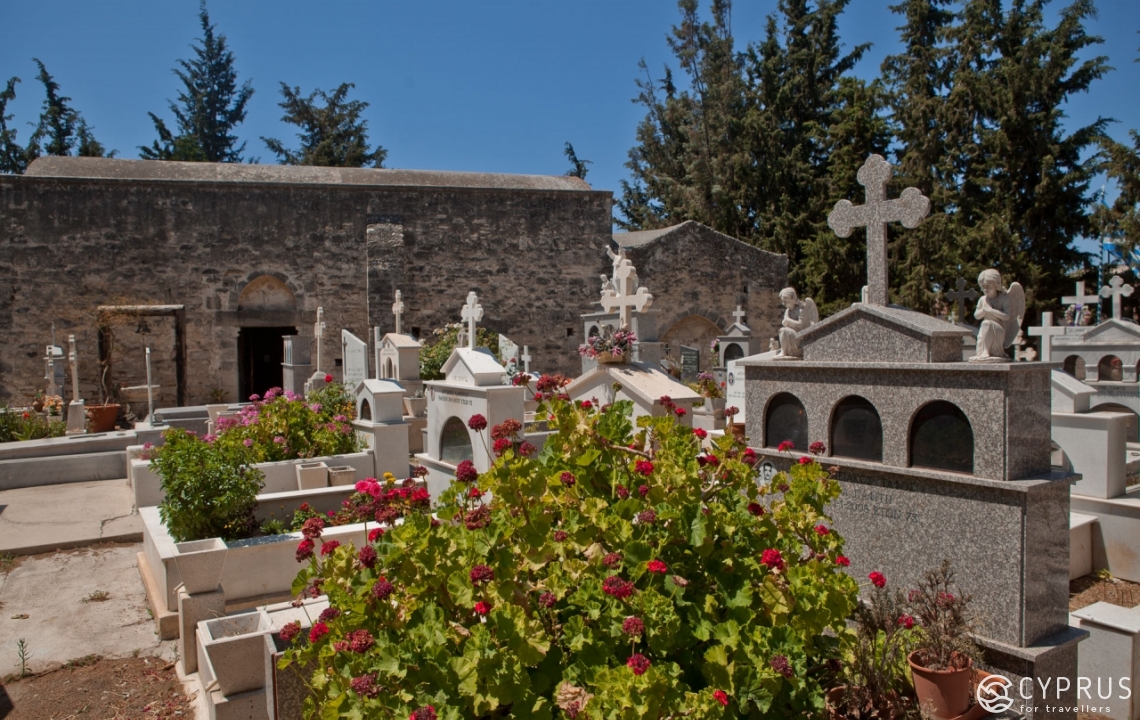
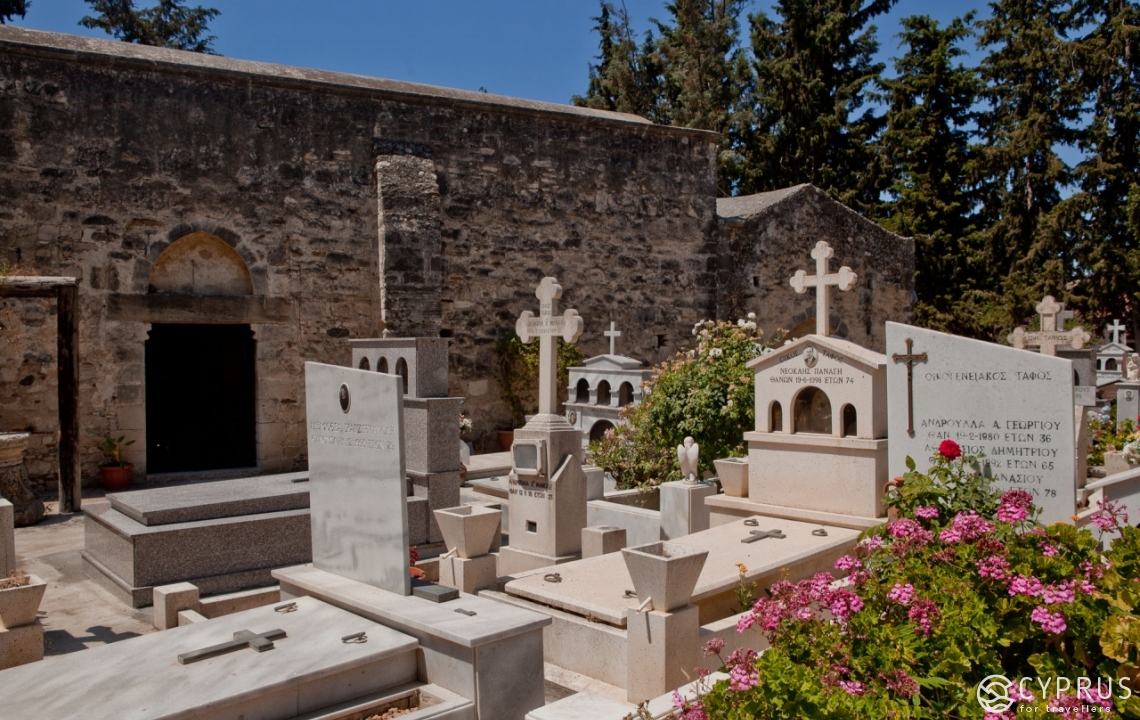
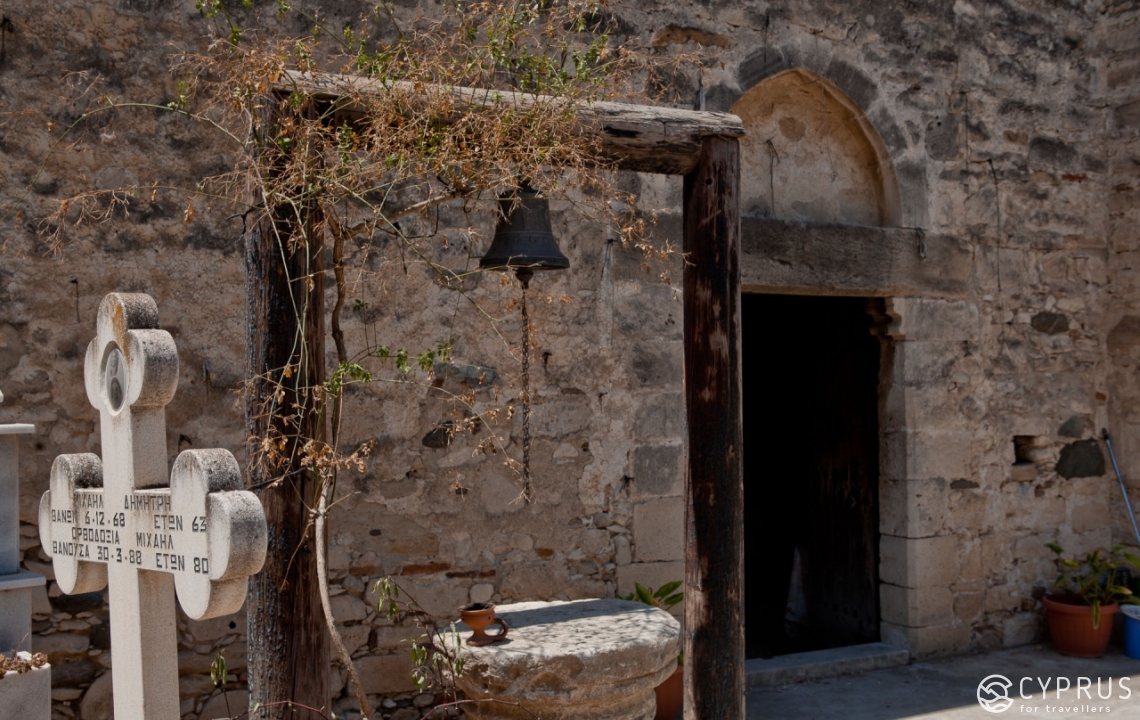
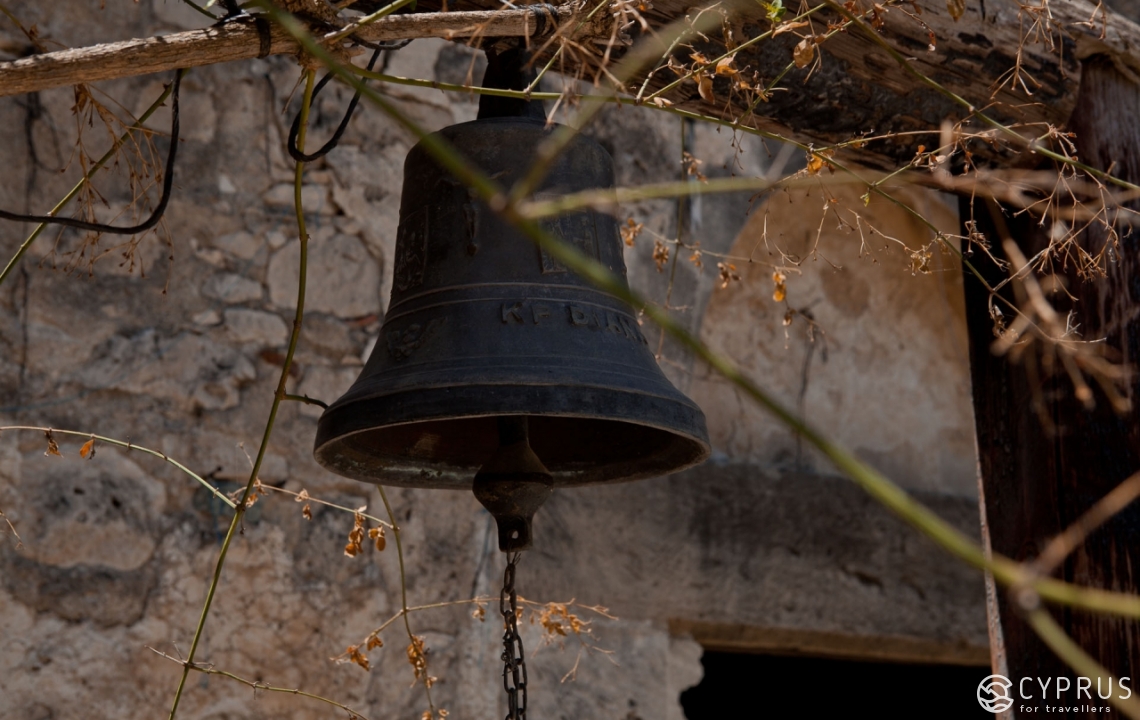
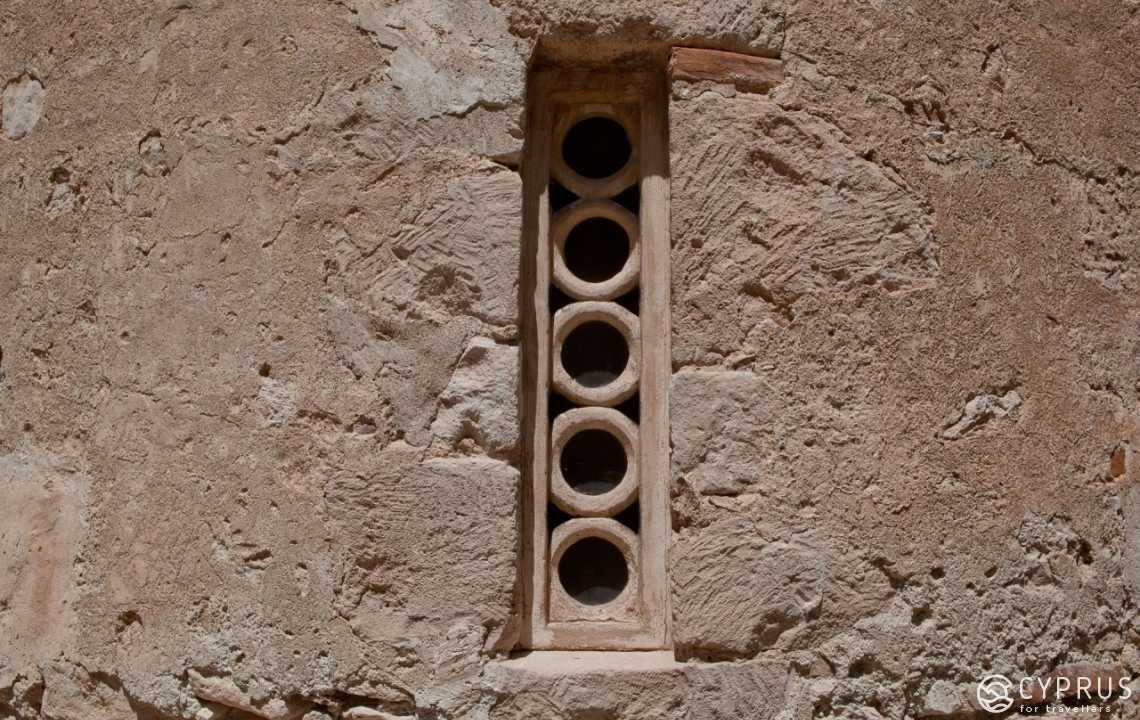
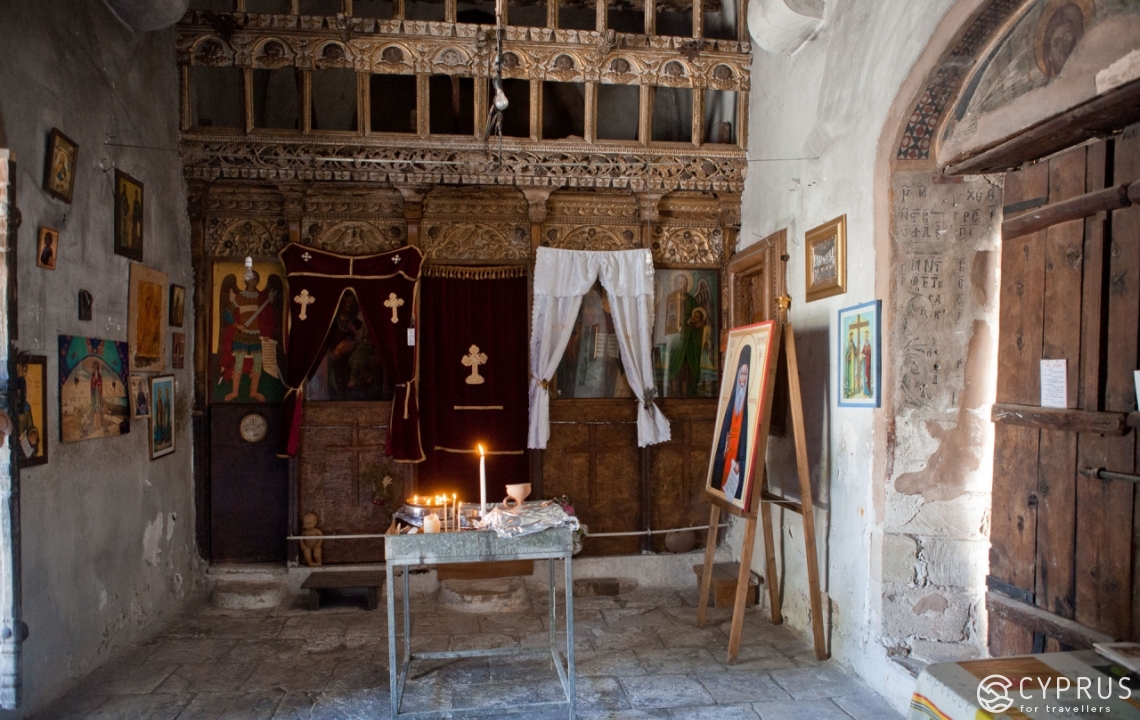
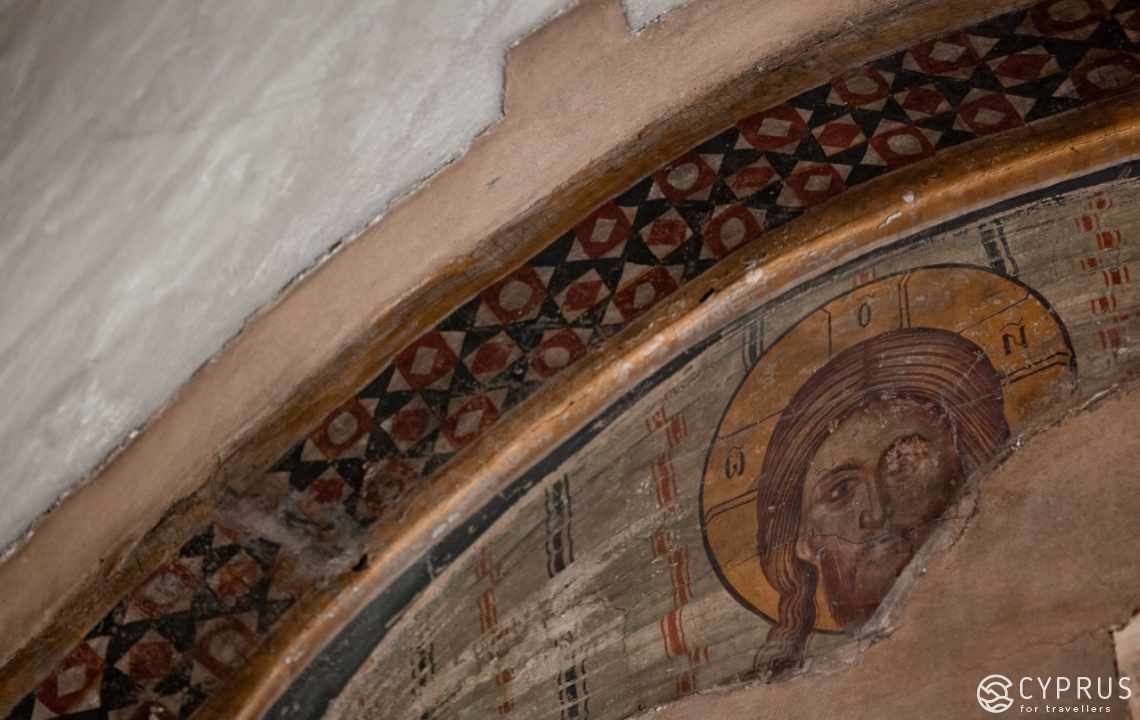
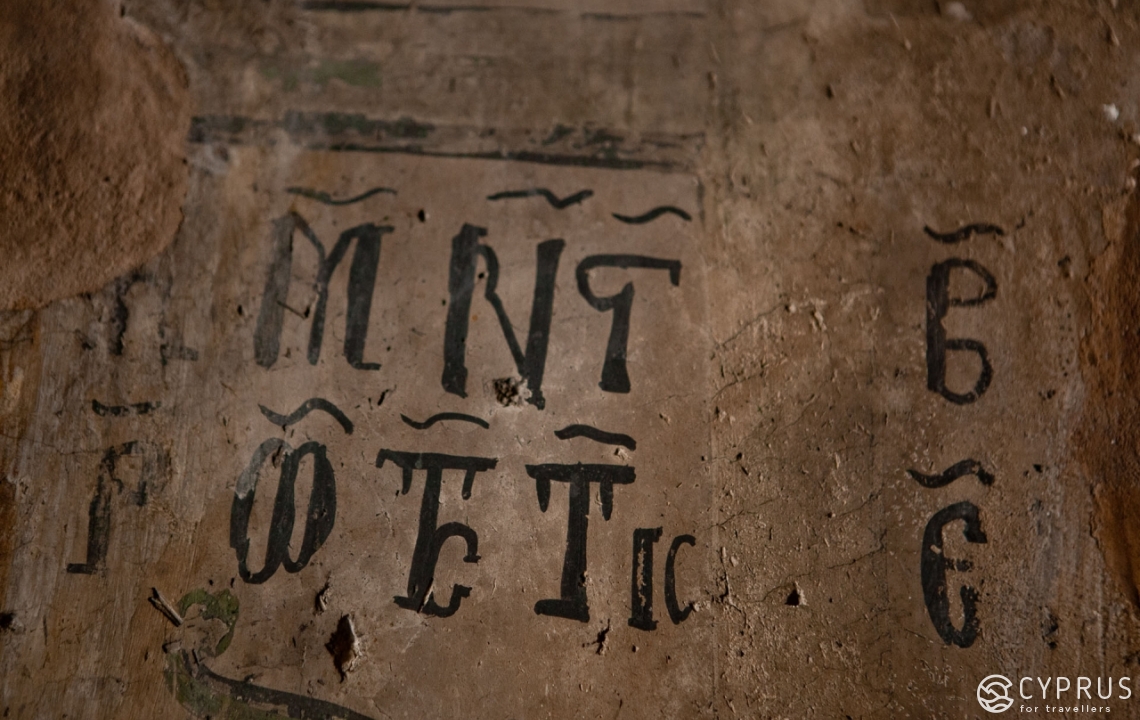
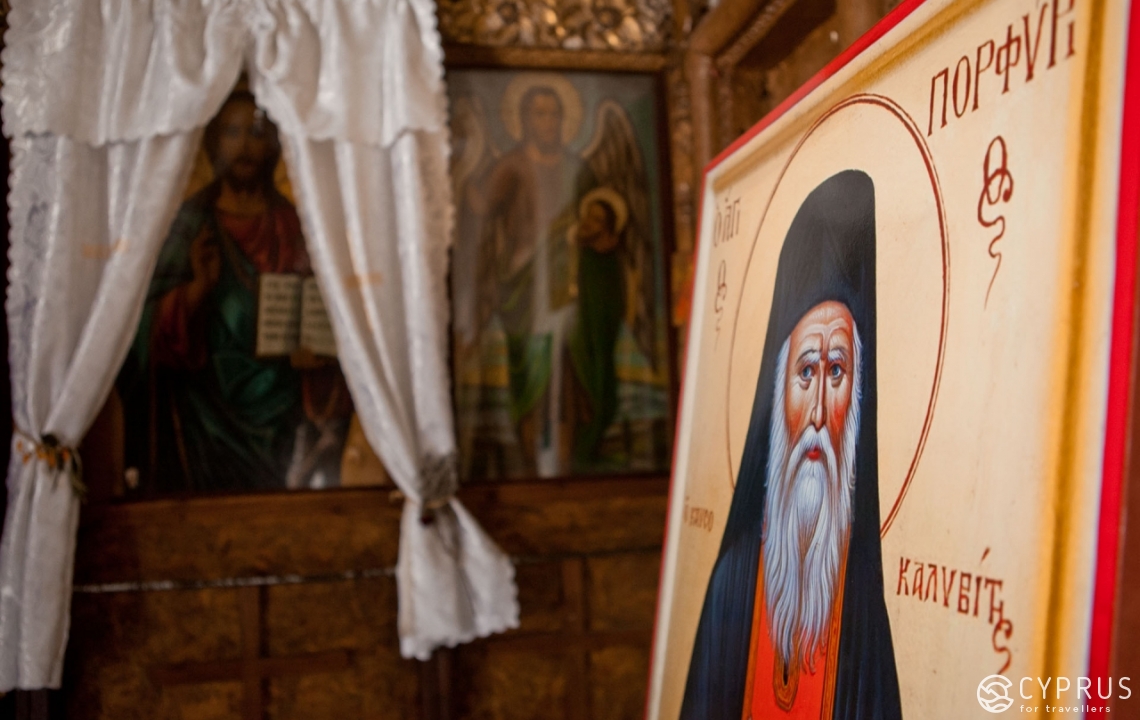
Firstly, there are decent, clearly defined pavements here (almost everywhere) which you can comfortably walk along, not fearing that some slightly blind pensioner behind the wheel of a rusty truck will fail to notice you and accidentally run you over. For local standards, the pavements are a true luxury. It’s in keeping with Cypriot traditions to build very narrow streets with houses pressed right up to each other. Why on earth would pavements be useful when it’s often the case that a car and pedestrian can’t even pass each other on the street. Or there are the occasions when pavements are more or less there, but you need to sidestep along them (Larnaka or Limassol’s Mesa Geitonia comes to mind here). But here, the world is your oyster— two prams on the pavement can get past each other no problem, without catching one another.
Second, a must-have for all Cypriot villages is a small square in the centre; this is where the aksakal community congregates and represents the epicentre for all daily living activities. Without fail, there’s a tavern in this spot. In many small villages across Cyprus, you can’t even find a run-down food shop, but there’s still a tavern.
And yet in Pyrgos, for some unknown reasons dating back to ancient times, there’s no presence of a square in the historical centre. Because of this, the local clan of aksakals is smoothly distributed throughout the taverns housed in all the old buildings.
In fact, this historical misunderstanding (the absence of a square) will probably soon be resolved thanks to the appearance of an investor in the village, who is creating a modern living complex called Aroma Сastle Estate. On the constructors’ to-do list is not only the creation of comfortable residences for future owners and tenants but also the task to build one of those very squares. Since the complex itself will faintly resemble a castle, we expect that the view will prove to be like something in continental Europe.
But for now, none of that exists, and I suggest simply taking a stroll down the narrow streets of old Pyrgos. Notice that there are a fair few coffee shops here and they’re all showing signs of life! Some of them even host concerts, and others have a special menu at weekends! Oh, by the way, today’s a day off. If the sun’s already risen to its zenith while you’ve been tooting at churches and drinking coffee, then it wouldn’t hurt to head somewhere for a boost to the system.
The way I see it, the best establishment in Pyrgos is the Italian pizzeria, Al Borgo. It’s a stone-built, very cosy little restaurant, boasting a fantastic selection of Italian food which simply must be washed down with a glass of top-quality wine. In my opinion (and the opinions of google and trip advisor users) it’s basically the best pizzeria in Limassol and the vicinity. This is no marketing ploy right now, I’ve no shame in calling this the best pizzeria. Give it a try and you’ll realise I’m right.
While the restaurant is a good bet for everyone, there’s still an important detail to bear in mind: it only opens at 17:30. So just remember that you have to make it here.
We’re only at around midday or something close to that, so I suggest going to a spot only a few metres away — another family restaurant called Costas and Marias. All the staff here are members of the same family.
This time we have traditional Cypriot cuisine on offer. There’s a wide assortment of dishes on the menu, but I personally recommend trying the lamb ribs for 13 euros a portion.
If you don’t feel like eating yet, then you need to pop into the Καφενείο Antreas Tsispouras. This is the main point of pilgrimage for the local village aksakals, where you can have a cup of splendid Cypriot coffee. It’s an old, family-run establishment with a specific vibe to it and has already changed hands through three generations of owners— imagine that!
After having a bite to eat and a drink alongside, we now continue our unhurried walk, gradually moving from the south to the north.
Our next stop is the mill, or more accurately, what remains of it. The construct currently looks like a decoration from a film about Medieval times. That said, that’s where the mill is actually from, as the building was constructed by Cistercian monks— when exactly is very much anyone’s guess, but we know that it was at least six hundred years ago.
Nowadays, these beautiful ruins are directly adjacent to a private development. There’s even a fence in place, but it’s very much for show and popping inside won’t pose any problems.
After taking a look at the mill we head back to the car. But! Our journey is not over yet; in fact, it isn’t even close to nearing its end. The territory of Pyrgos is huge and divided into two centre spots of attraction— one, located 80 metres high in the mountains (we’re actually here right now), and the other by the sea, where there are mainly expensive hotels and a luxury private sector resemblant of Beverly Hills. These two parts of Pyrgos aren’t alike whatsoever. If the first is a classic, authentic village, the second is a small nook for living the luxury life and partying.
But you and I won’t be going for luxury, nor will we be partying, as we have more important and interesting fish to fry. Nearby Pyrgos, an excavation is underway on the ancient city of Amathus. And that’s where we’re heading. By the way, in its time, Amathus was closely linked with Pyrgos. According to legends, there used to even be a tunnel from one village to the other during the Antiquity. Some claim there still is to this day, but it’s unlikely we’ll be able to test this theory.
The city of Amathus emerged in Cyprus close to three thousand years ago and prospered for at least two thousand of them. It then gradually lost its flagship-level significance for the island and appeared almost completely abandoned by the time Richard the Lion-heart arrived. And whatever couldn’t be broken or destroyed by time— was done so by people. A large part of the buildings was separated into parts and used in the construction of Limassol and the Suez Canal.
Over time, the ancient city began to grab the attention of archaeologists who performed hundreds of excavations here and managed to find many intriguing artefacts and buildings. On the territory of Amathus, you can most notably see an acropolis, the Church of Aphrodite, a market, a basilica and public baths.
Driving from our car park to Amathus takes only 9 minutes (6.1 km), which is especially appealing when there’s never any traffic in these spots, and you can breeze your way there.
Entry into the ancient city is for a fee, with a ticket costing 2.5 euros per person. You could spend the whole day inside, but you can quickly look around the most interesting parts in one to two hours. The hills on which the ancient city lies reveal a superb view of Limassol and its surroundings.
While looking around Amathus and enjoying the Ancient Greek atmosphere, you’ll definitely end up gazing longingly at the glittering dark blue sea, so I suggest making a stop at the beach as the next point on our journey. This applies even more so when you’ve been journeying around so much that the evening has gradually begun to approach. The sun is no longer scorching, and the water, having taken the day to heat up, is now especially warm and alluring. If you fancy a swim, I suggest going to the Pyrgos marina. That’s right, the village has its own marina.
By the way, do you know what a marina is? It’s another name for a harbour.
The harbour in Pyrgos is rather large, littered with white yachts floating side by side, glittering in the sun. There’s a coffee shop in front of the entrance. Although there’s also a diving centre here, it’s unlikely we’ll have enough strength for diving today, so let’s just go for a swim. To the right of the marina, you’ll see a good beach equipped with a bunch of umbrellas and sun loungers, as well as some volleyball courts and bars to get a drink. There are also some fashionable hotels and grass lawns.
To the left of the marina, the beaches are a tad simpler. Although fully equipped with all the necessities, they’re a little lacklustre. On the bright side, it’s easy to get into the water here, and a convenient spot for swimming with small kids. The further we walk along the beach away from the marina, the fewer people you’ll find and the less organised the beaches will be. After a kilometre or so begins the wild beach zone where you’ll see small cliffs jutting out from the sea; these serve as naturally occurring breakwater for swimmers.
We’ve taken a dip, got our fill of experiences— it’s time to have dinner. You can return to the old part of the village and still go for a pizza at Al Borgo, or you can stay right where you are in the marina. Here you can find Seashells Healthy Living Vegan Restaurant a decent vegetarian cafe right by the marina’s entrance, as well as the pompous Malindi Beach Bar & Restaurant located directly on the beach. And there’s also a secret spot which if you’re not aware of, you can’t find— Sailor's Rest Lounge Bar Restaurant. You can’t see it from the shore and it doesn’t have any signage. Why? Because the main customers are the owners of the boats “parked-up” nearby. And considering that the boats here are not so much, let’s say, for fishing, then the cafe isn’t a food kiosk with a chip of paint, like in Zigi or on the Limassol promenade. This is a very fine, fashionable place, with splendid views and a cracking atmosphere. Everyone praises the food, and they are especially vocal about the soups. Basically, I suggest heading to this secret place.
Had dinner? Still don’t feel like ending the adventure? Does the city await? Does the inner you require some fun? Then I suggest walking to the coolest authentic pub—Molly Malones Irish Pub and Restaurant. I’ll emphasise the word “walk” here. You can get to it on your own two feet, seeing as it’s only a few metres away.
Molly Malones Irish Pub and Restaurant is another family-run establishment. Everything here is done in a big way, but the authentic Irish atmosphere hasn’t been overlooked. A good Irish pub is a stylish way to end your evening.
Now it’s time to set off home. But. You don’t have to! Another small attraction has been prepared for you as a special treat. Euphoria Art Land! How about staying the night in a very odd, futuristic park built in a Gaudi-esque style?
But don’t worry. If the phrase “night in a park” evokes associations with “an unfinished bottle of beer, a small bench, a hand under your head and sheltering yourself under a newspaper”, then that’s not what I’m offering you at all. The park is simultaneously a micro-hotel with several rooms fashioned under an over-arching design.
A night in such a peculiar place will definitely be one you’ll remember all your life, while in the morning, you’ll be treated to some fantastic coffee.
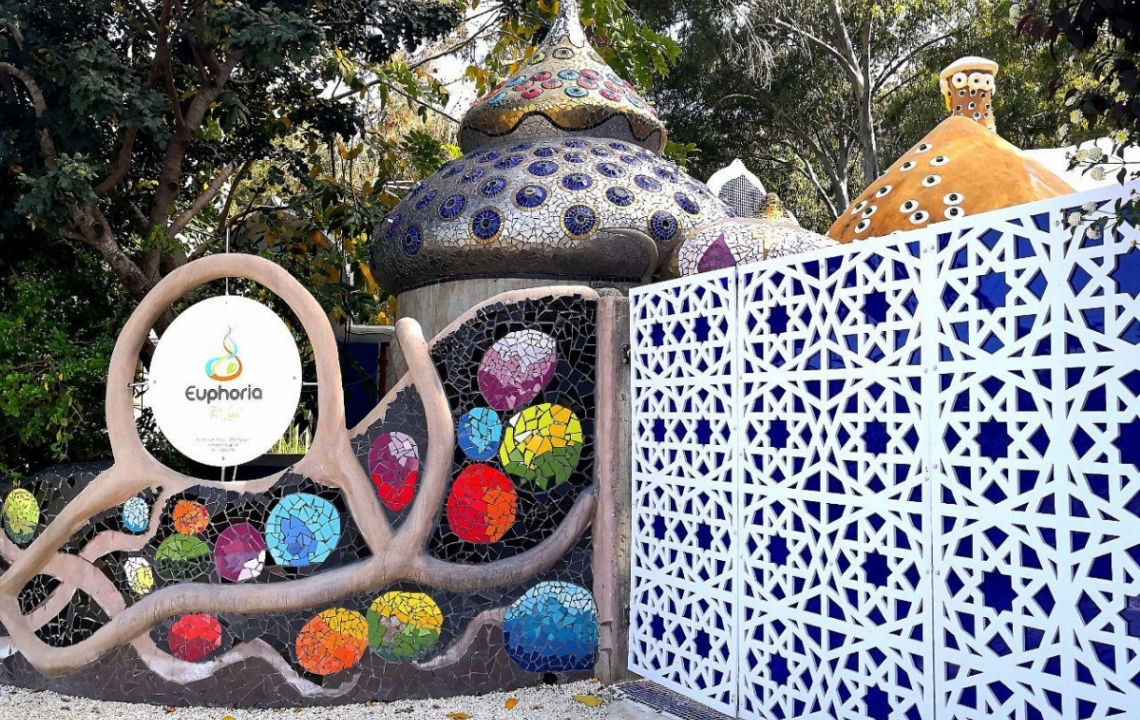
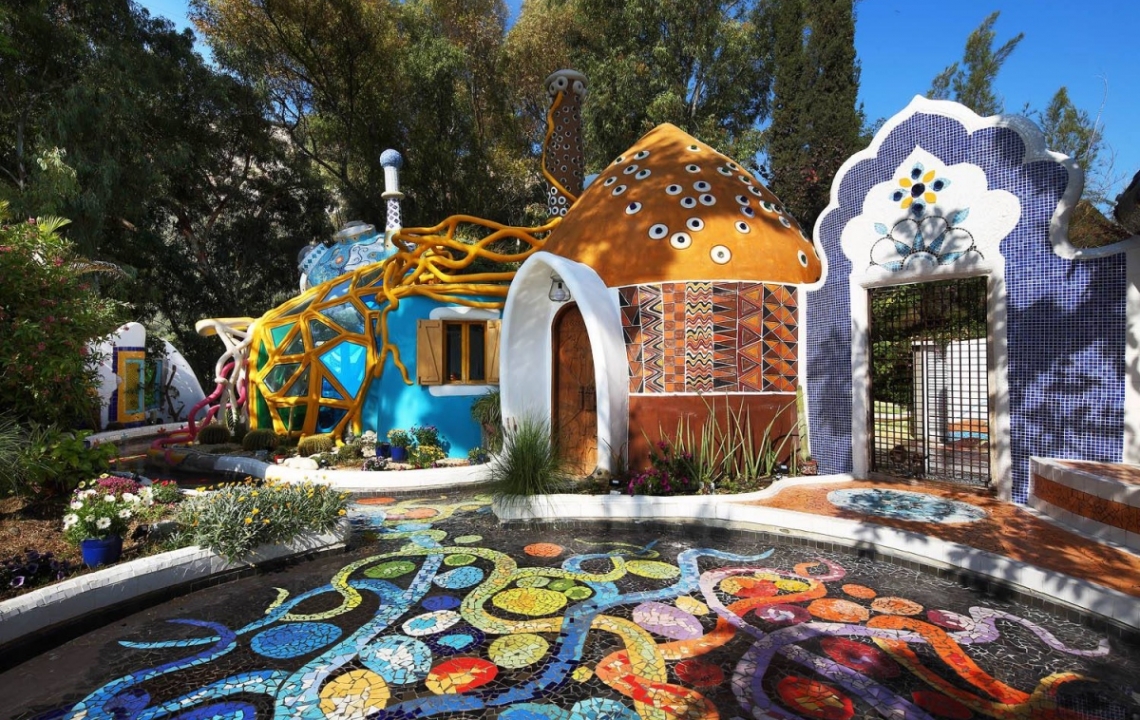
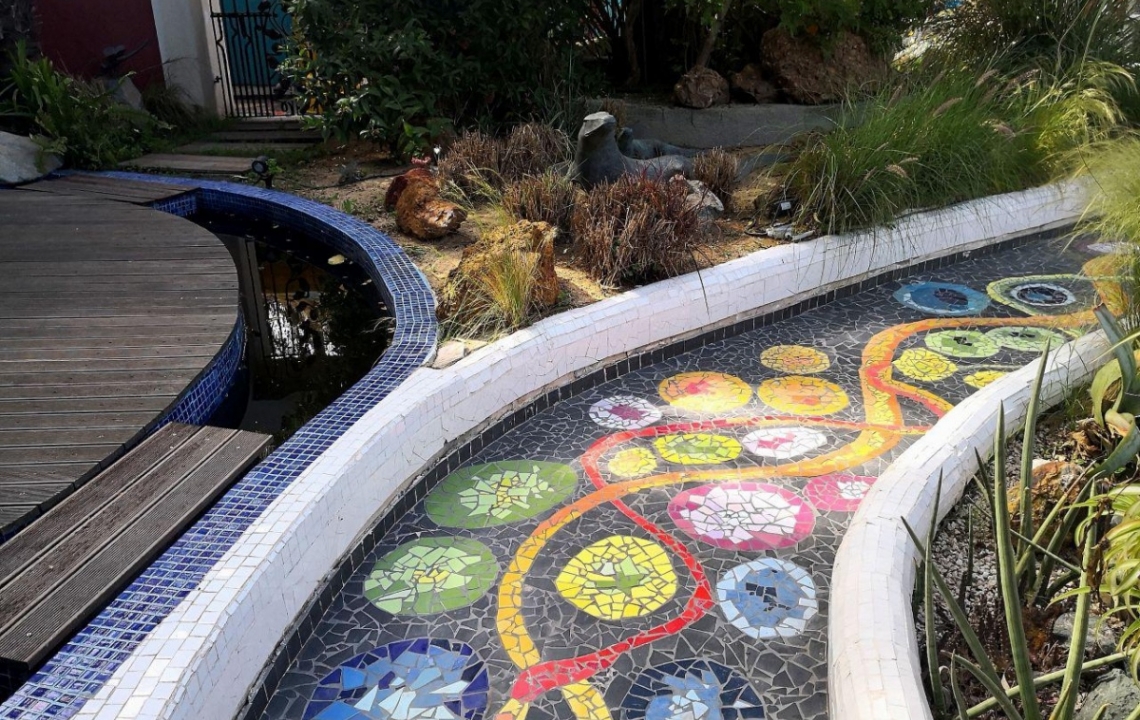
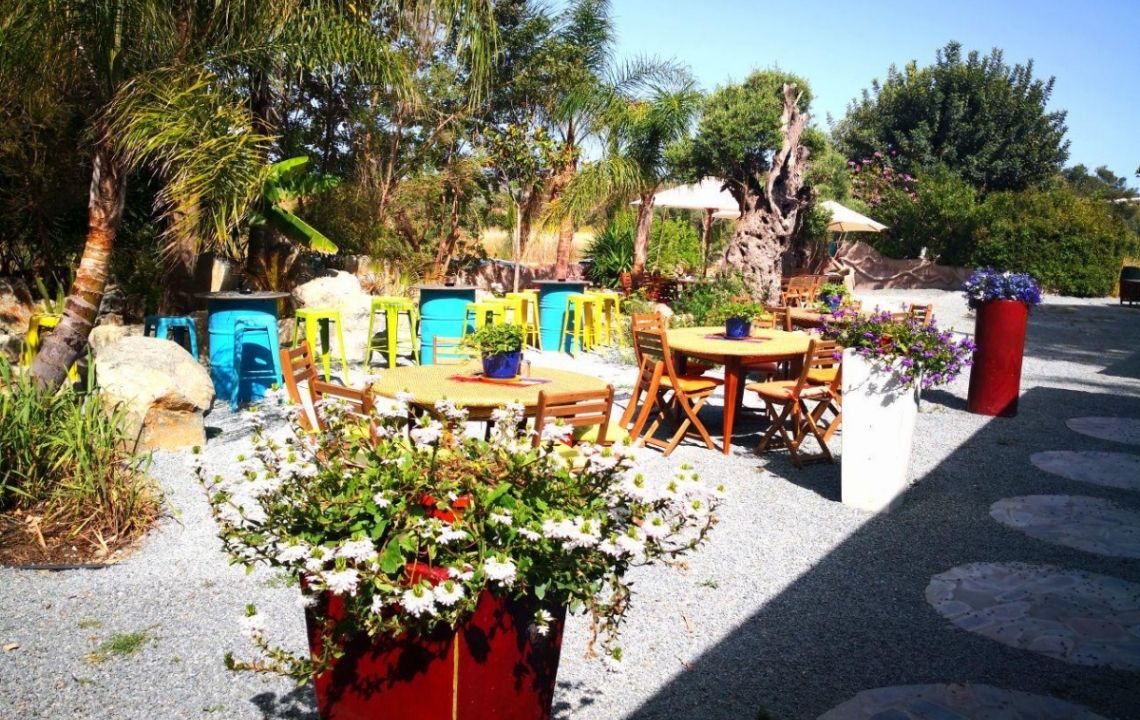
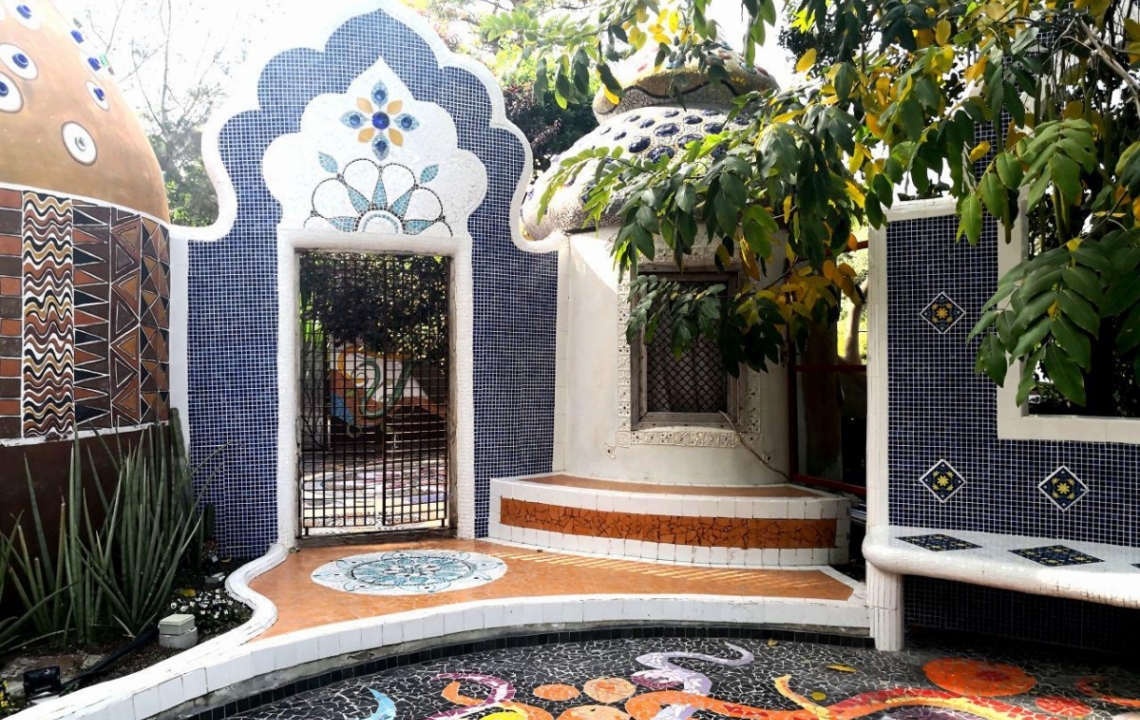
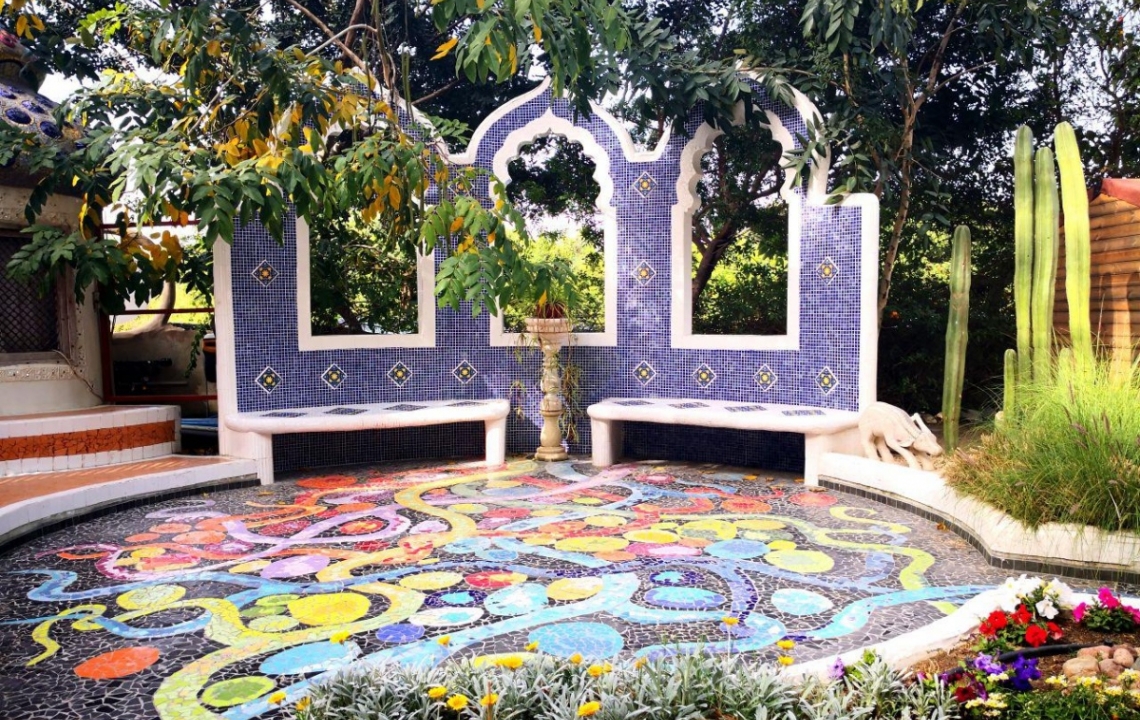
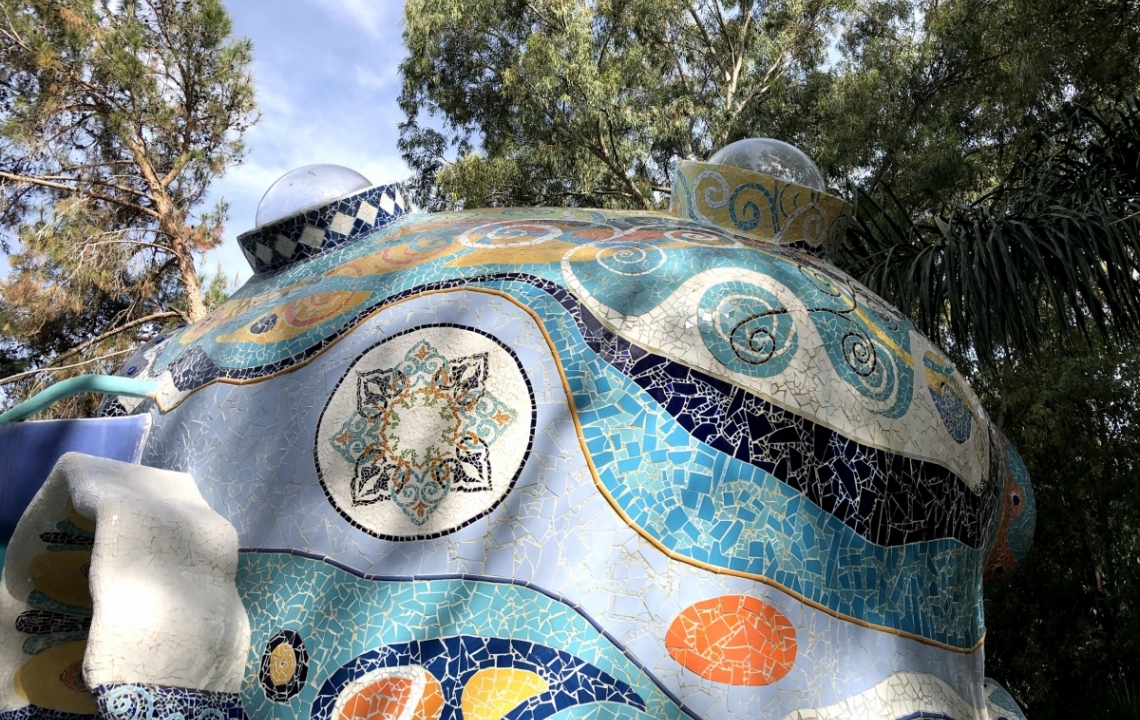
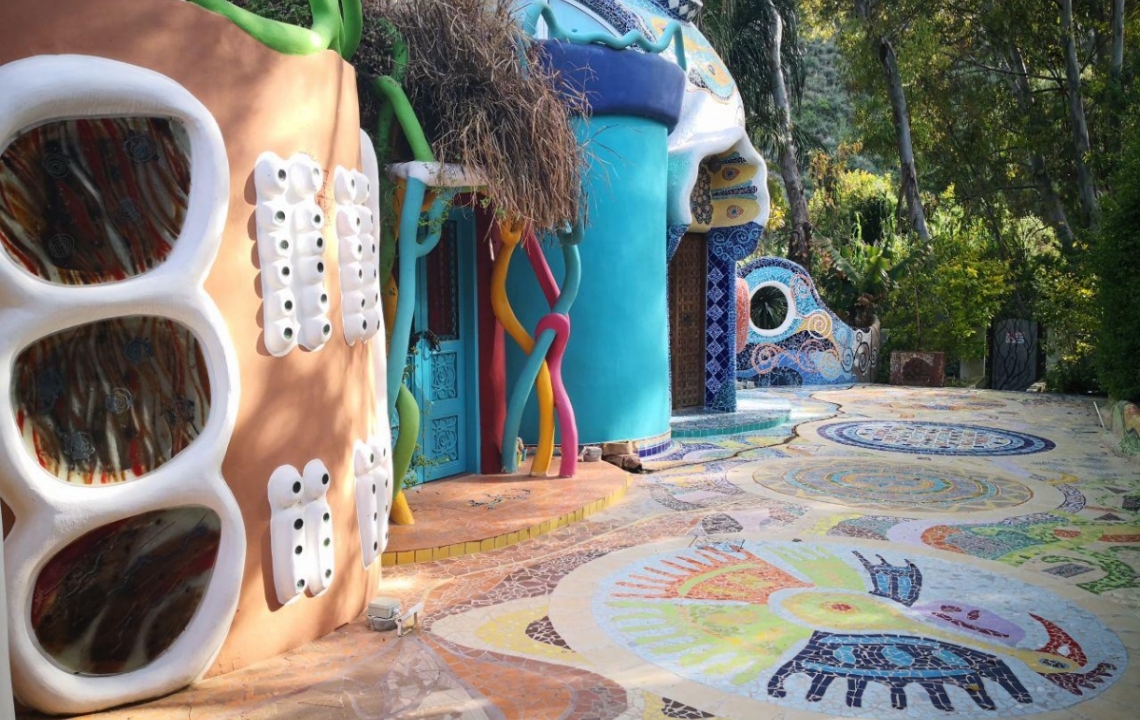
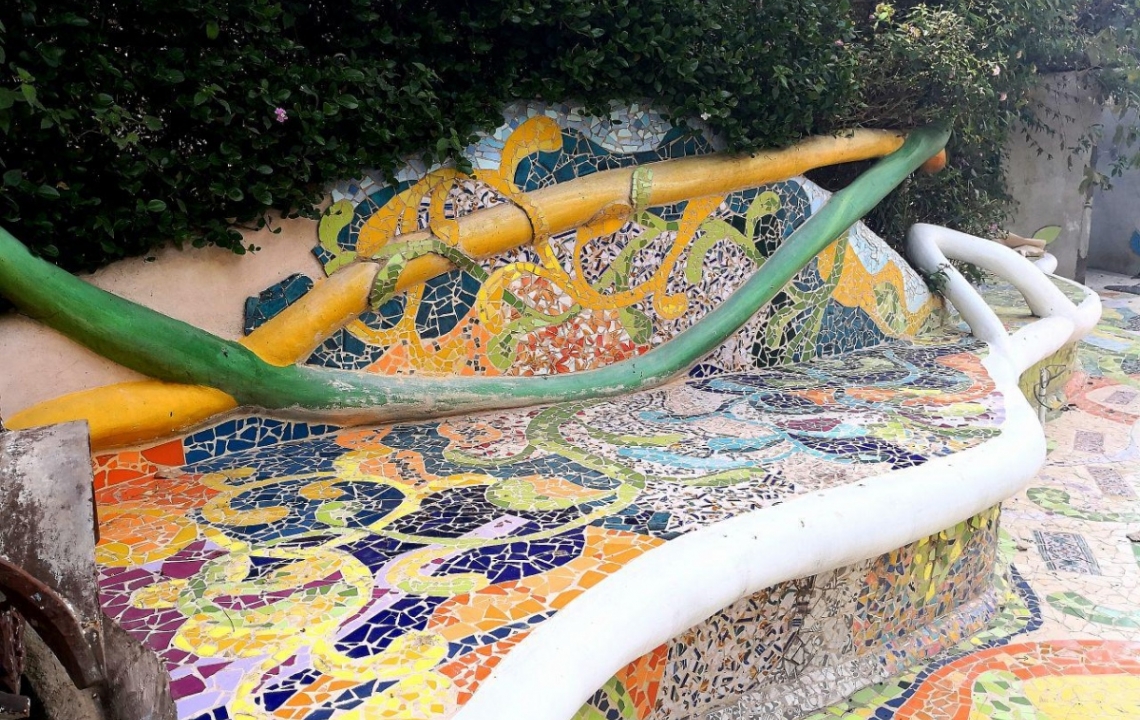
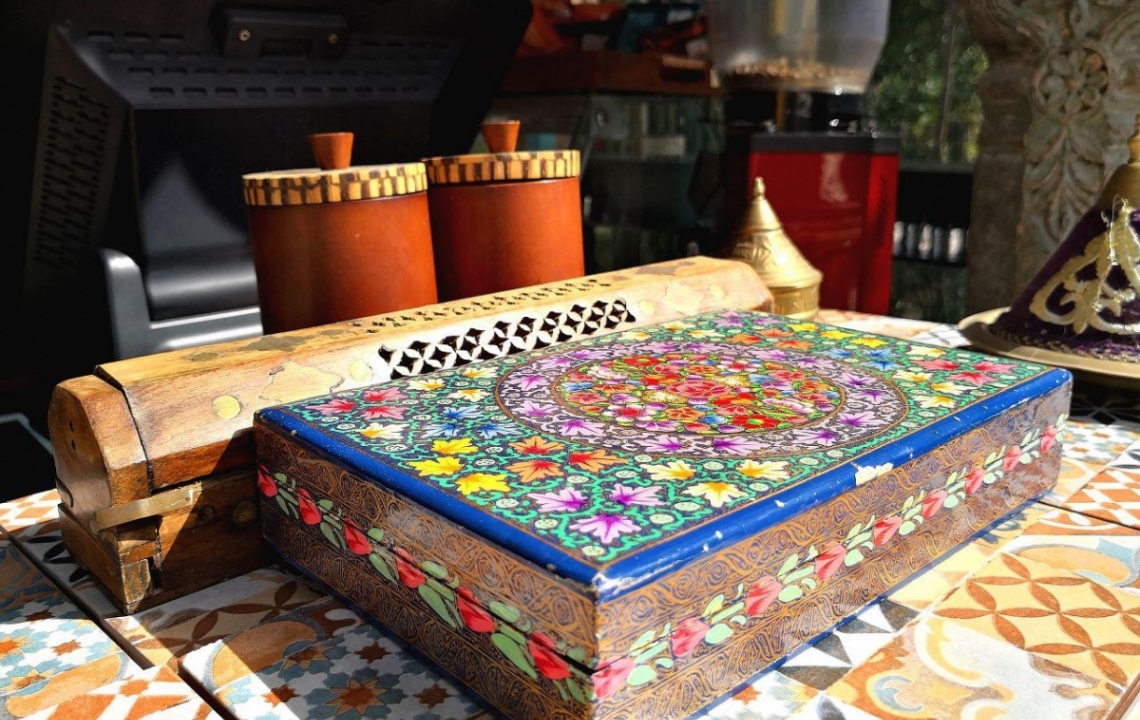
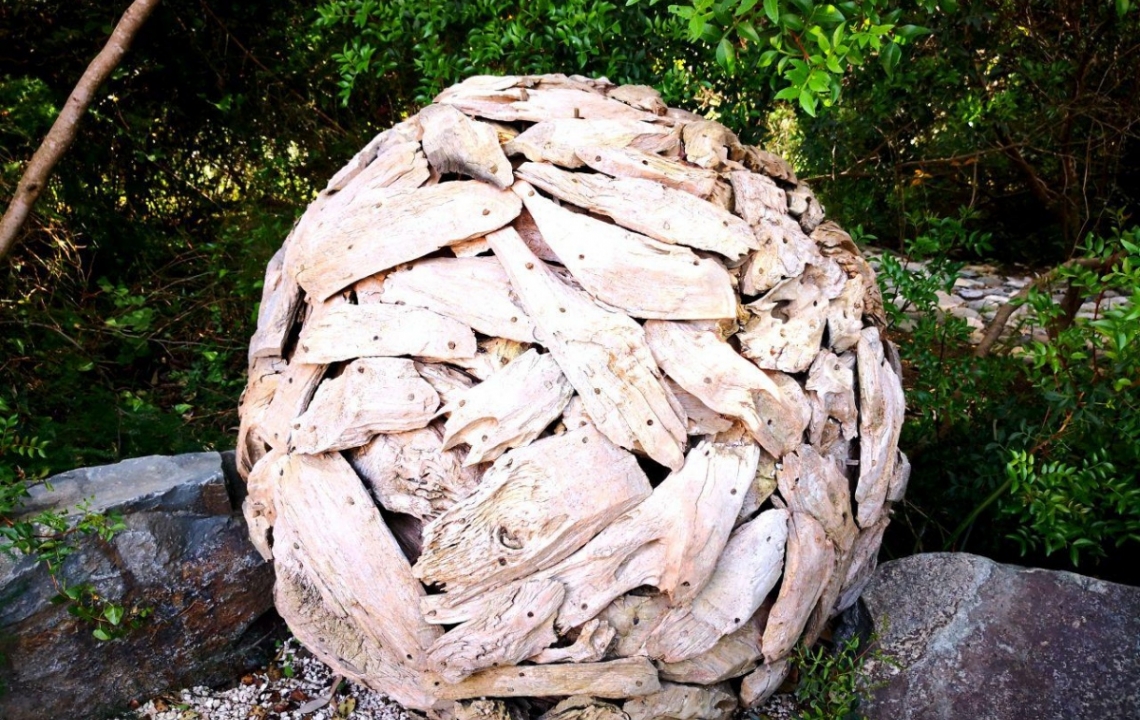
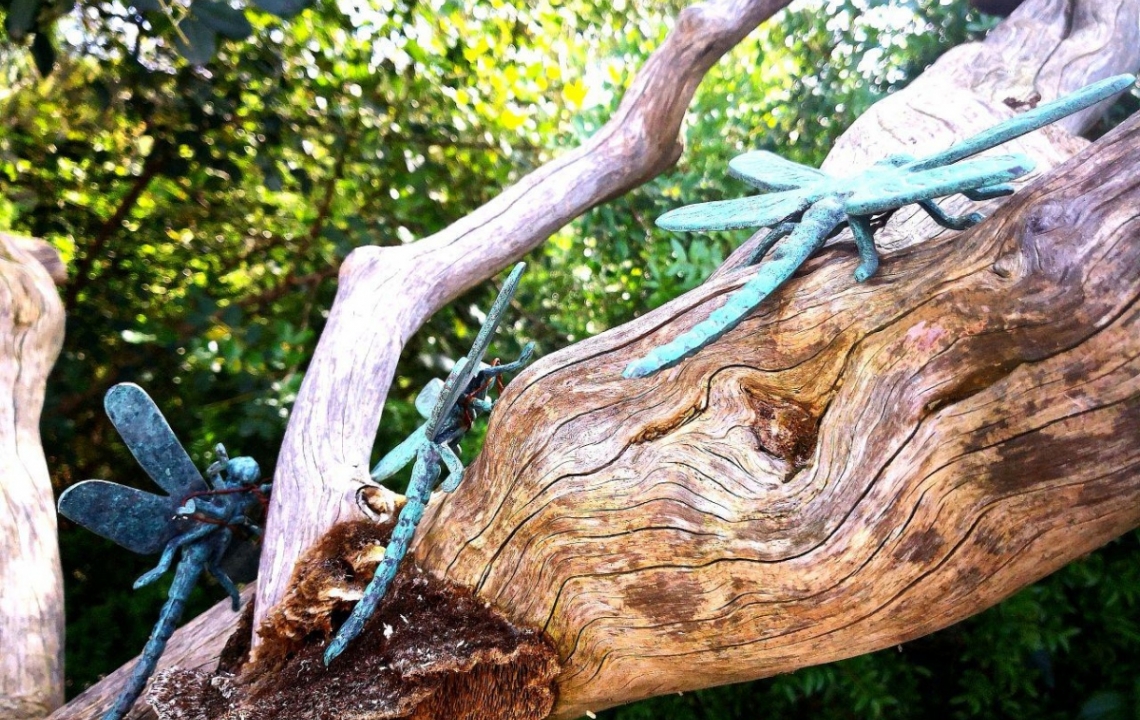
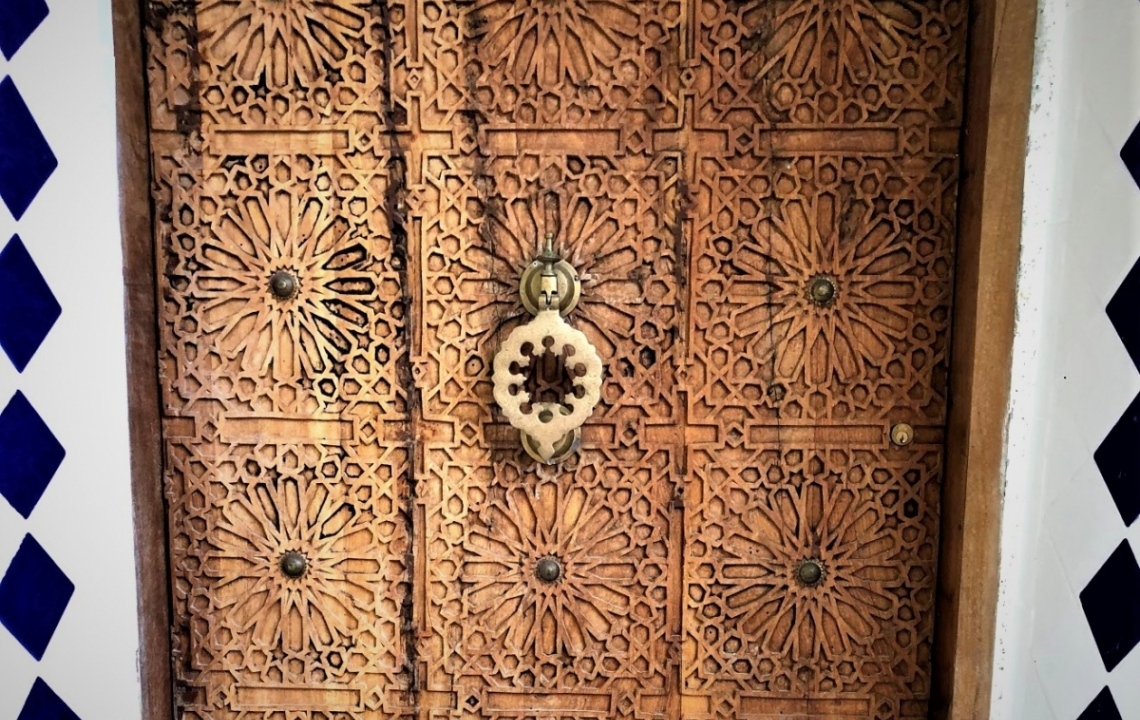

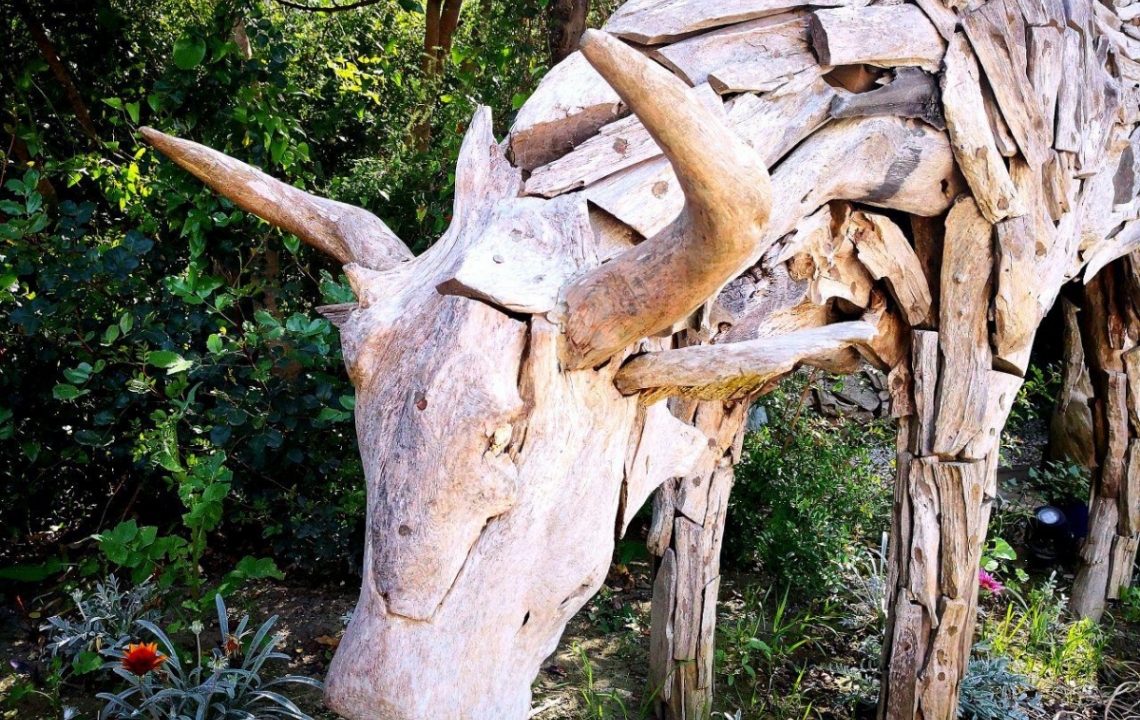
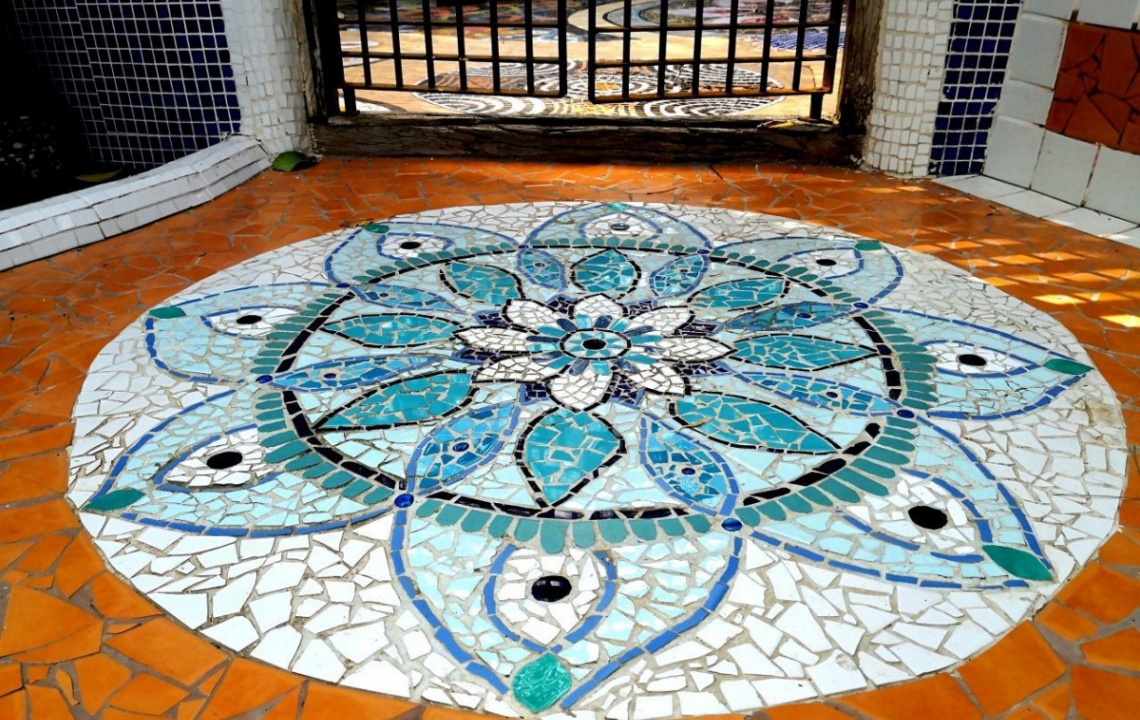
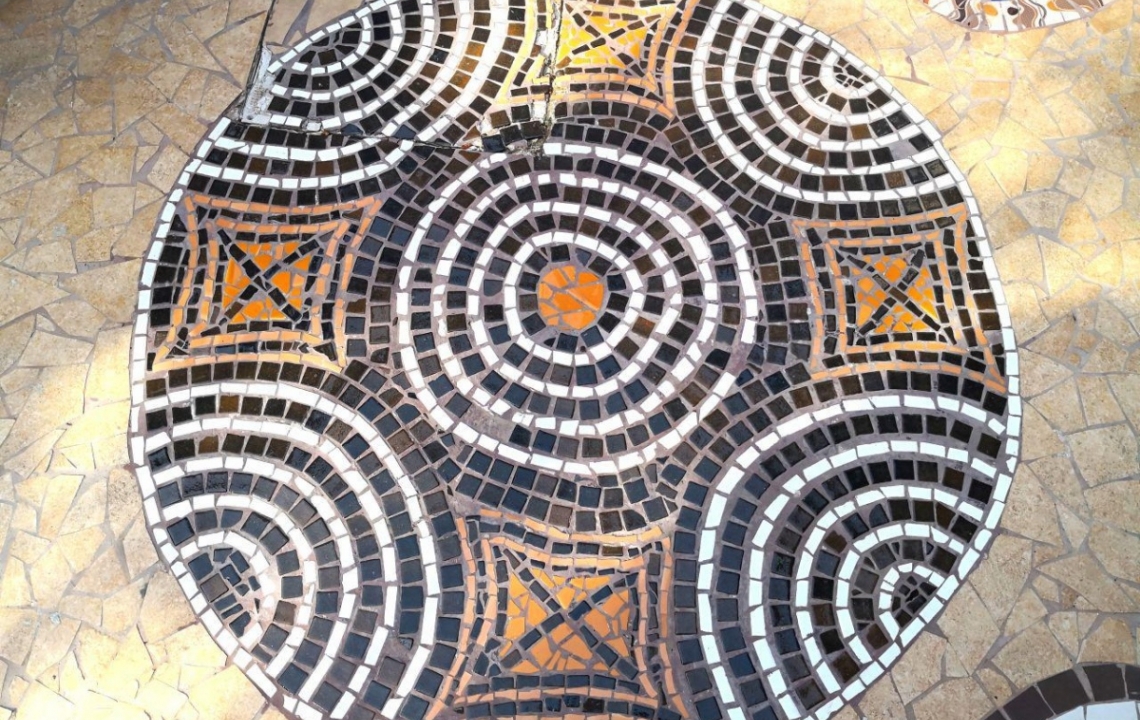
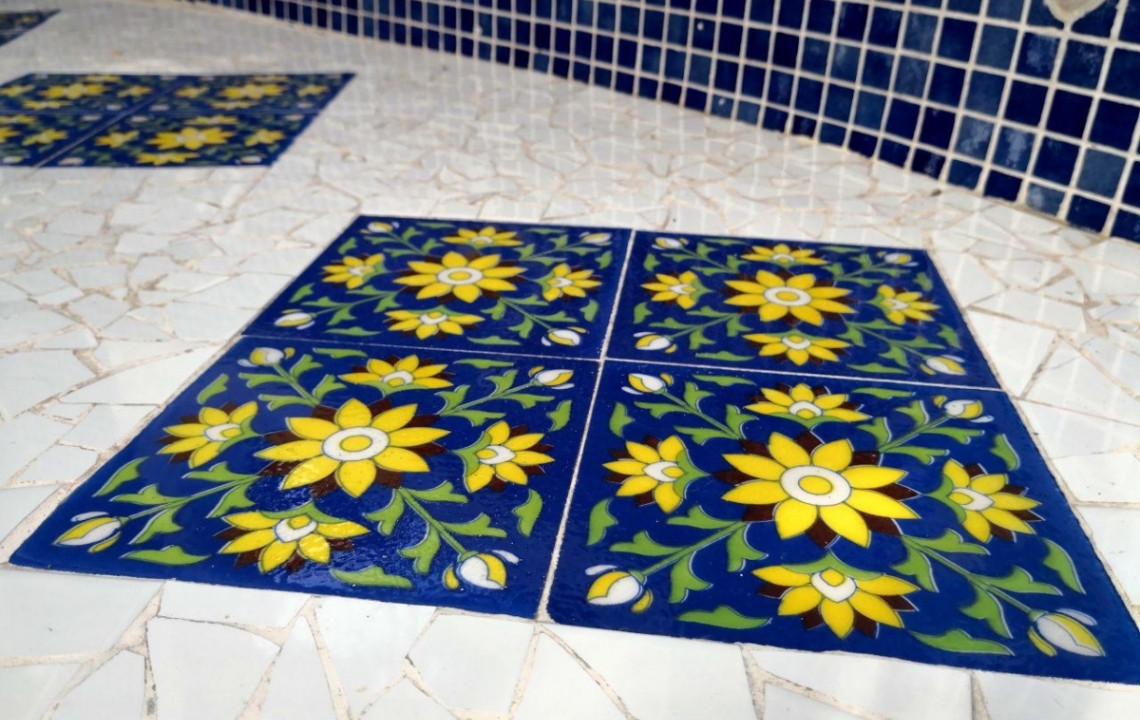

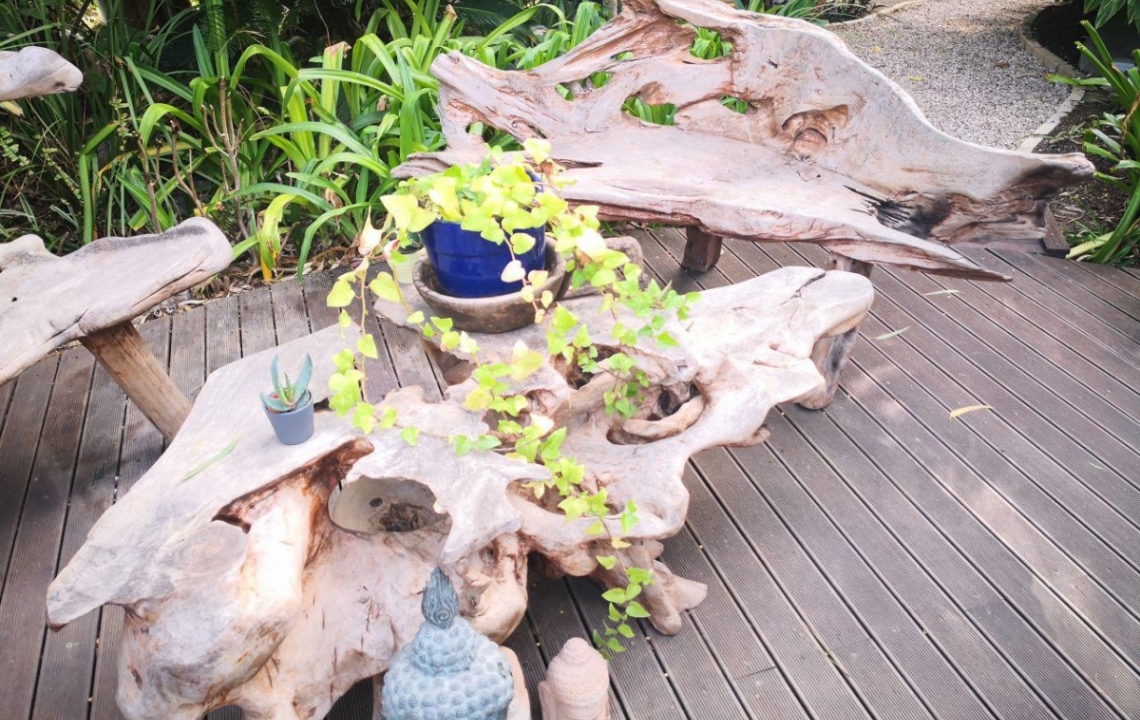
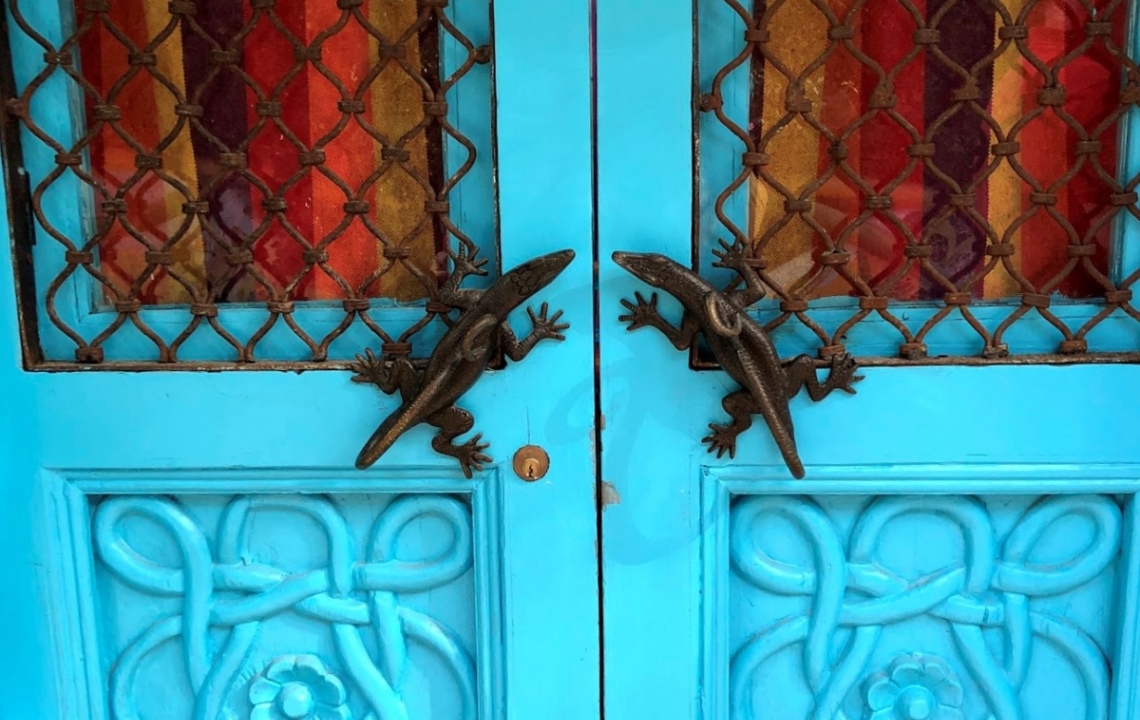
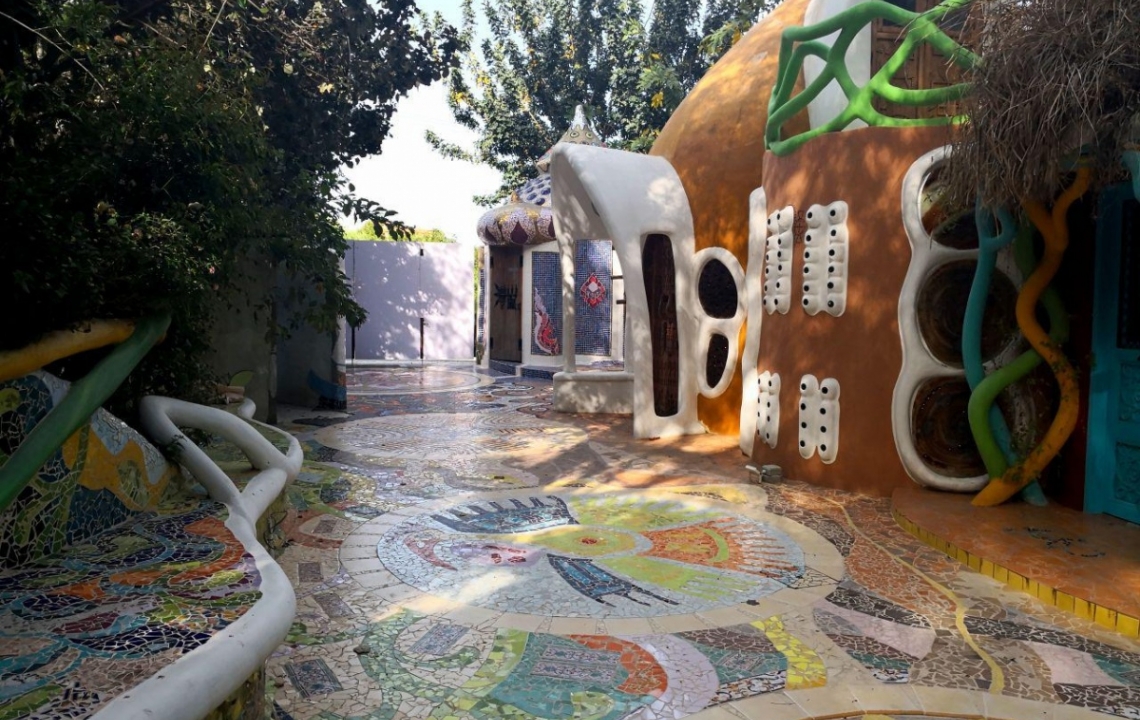
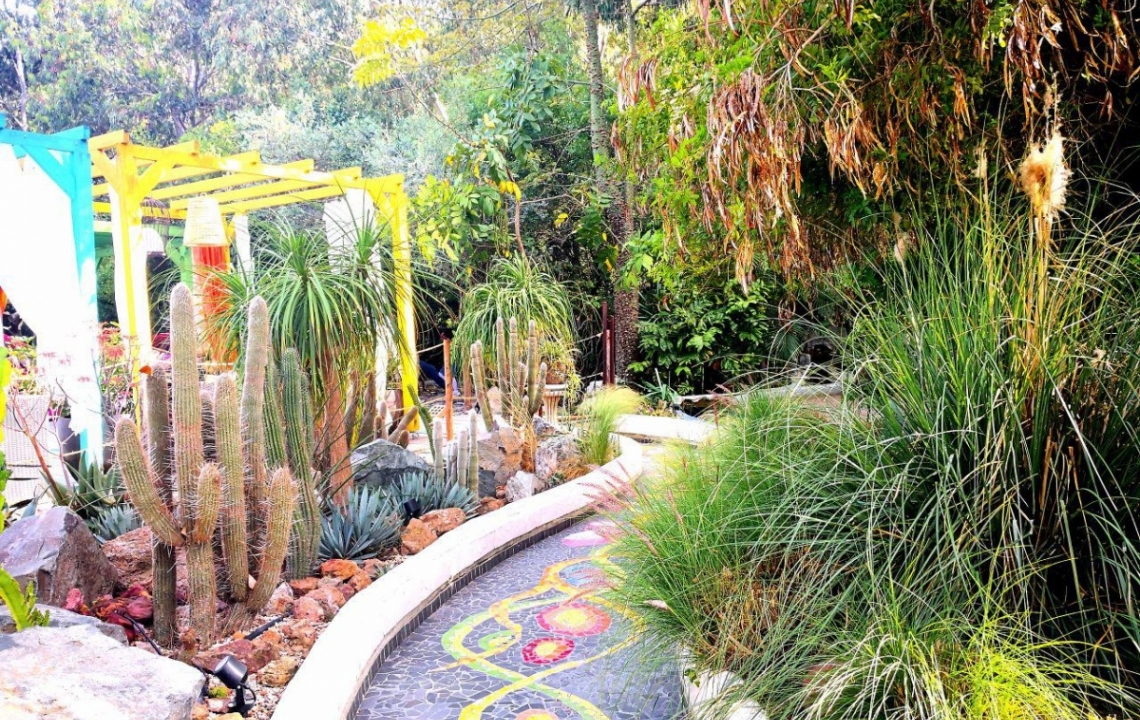
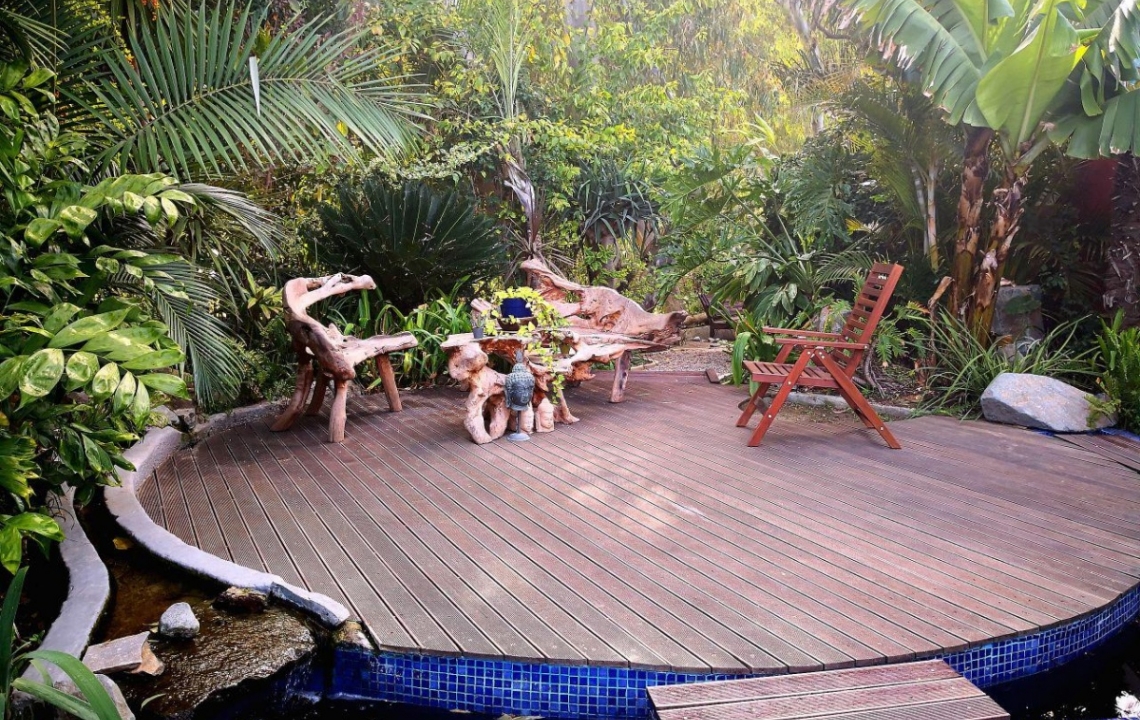
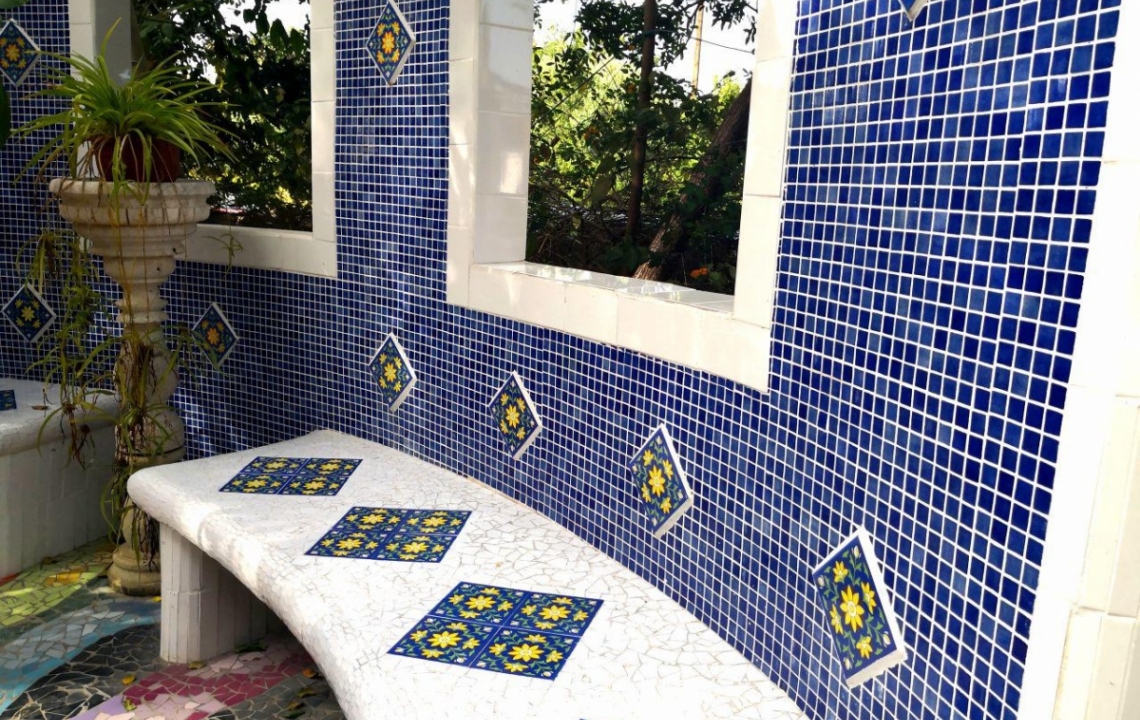
Now that’s definitely everything. Our journey and adventures for today have come to an end. If you’re attentive to the smaller things and take an interest in both the history and peculiarities of these areas, then any village turns into a “Disneyland” with its secrets, hidden gems and unique traits. Well, maybe not any, but that’s definitely the case for the plain-at-first-sight Pyrgos. Take a drive there, give it a try and see how you feel. Then write to our editing staff regarding how you rate this approach to spending your weekend.
See you in the next article!

